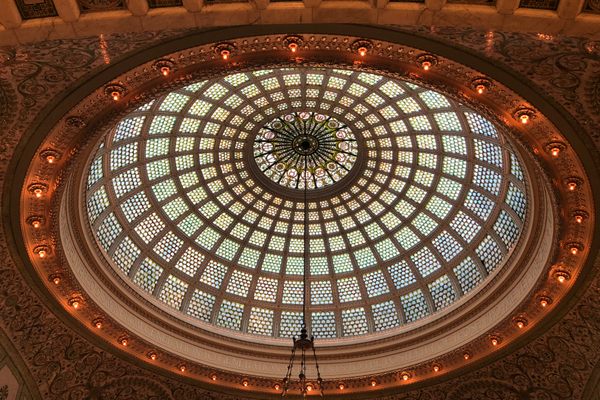Weekend Guides for the Curious Traveler
Chicago
Just when you thought you knew the Windy City, it finds new ways to surprise you.
A continually intriguing metropolis, from past to present.
1. Intuit: The Center for Intuitive and Outsider Art
This small West Side museum takes self-taught artists seriously. The creators of the artworks displayed here might draw on knowledge gleaned from TV, pulp novels, ancient archaeology, country churches, or jails. These artists all come from outside the art world, and are forging their own visual vocabulary. That was especially true for Henry Darger, whose cramped studio has been recreated in the back of the gallery. His trademark blend of nostalgia, gore, horror, and camp consumed reams of paper and near every corner of his bleak apartment. Consider Intuit’s rotating exhibitions a monument to self-expression.
756 N Milwaukee Ave, Chicago, IL 60642
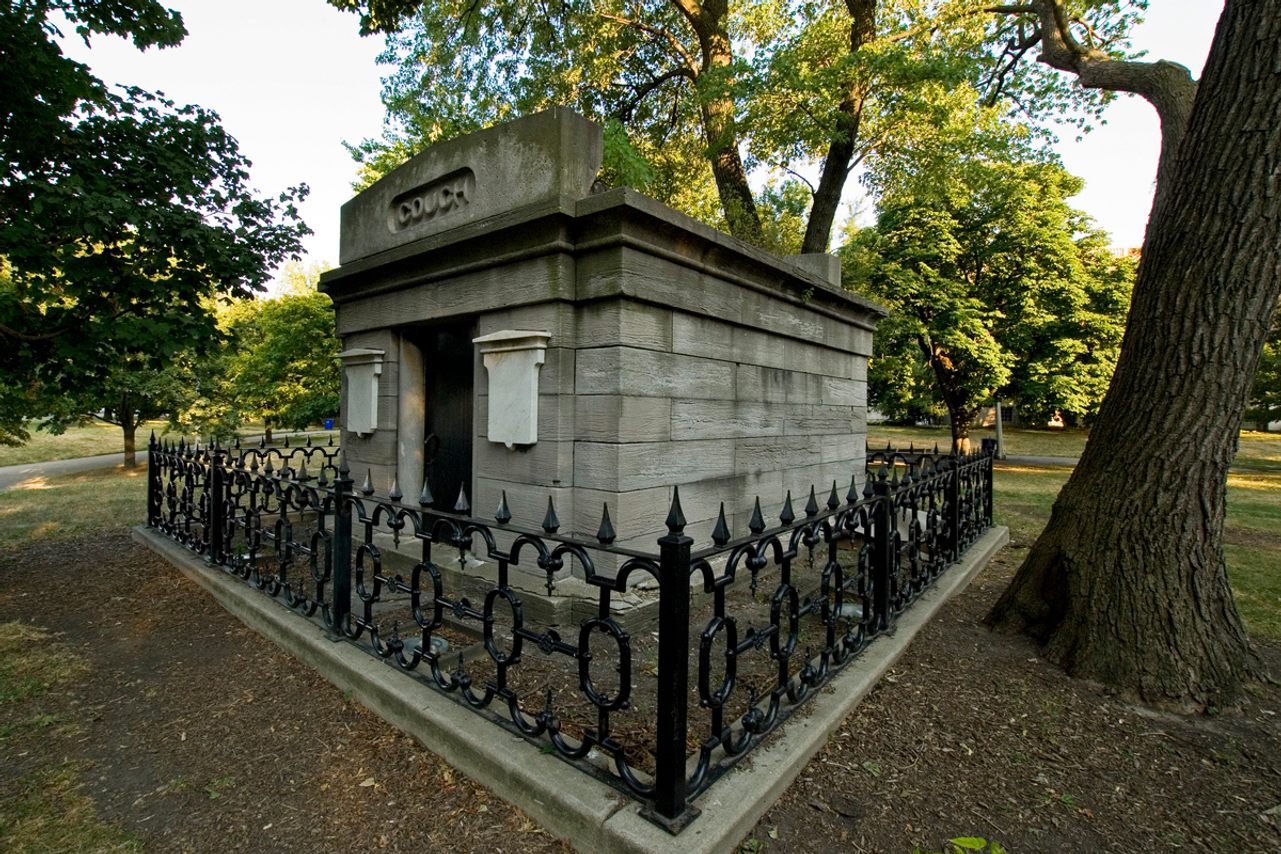
2. Couch Tomb
As you head out to Lake Shore Drive, you’ll drive past the Couch Tomb. Today, the stone mausoleum, built in 1858 for the hotelier Ira Couch, is the lone vault in green, grassy Lincoln Park. It wasn’t always this way: The tomb is the most visible reminder of the park’s past as a public cemetery. The vault is often described as being the oldest structure still standing in the path of the fire that tore through the city in 1871. Mysteries abound about why the structure stayed put, and just how many bodies are interred inside. You won’t solve them as you breeze by, but it’s worth a look.
Off W LaSalle Dr in Lincoln Park, Chicago, IL 60614
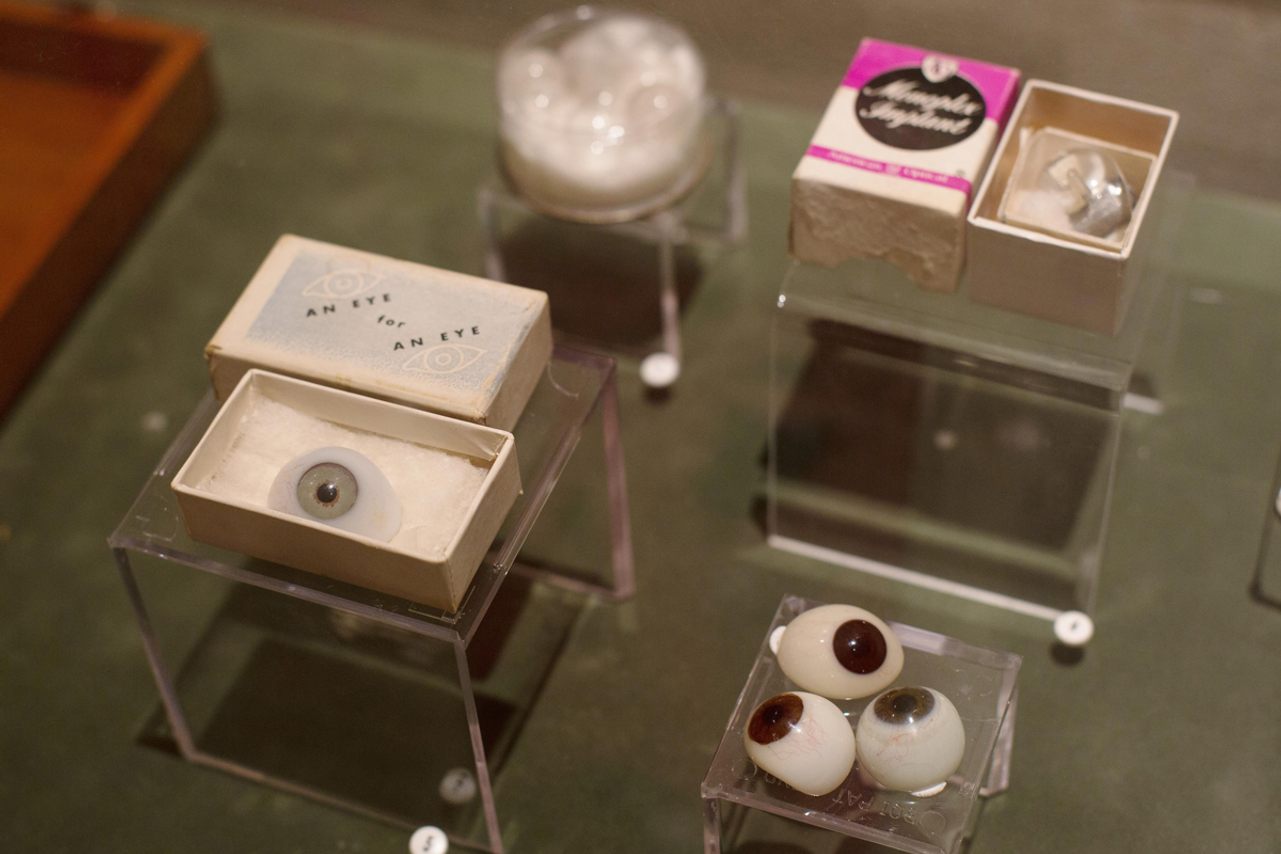
3. International Museum of Surgical Science
Inside this stately museum—housed in a chateau inspired by Le Petit Trianon at Versailles—is a mix of hard science and compelling curios. There’s tons to see. Don’t miss the diorama of an operating theater, where a patient’s body would be on display to hundreds of onlookers, or the jumble of stones that once clustered in kidneys and other organs and now look more than a little like pieces of coral. Peruse the snake oil tonics on offer in a recreated apothecary, and gawk at the wacky ways people once used X-rays and ether as party tricks.
1524 N Lake Shore Dr, Chicago, IL 60610
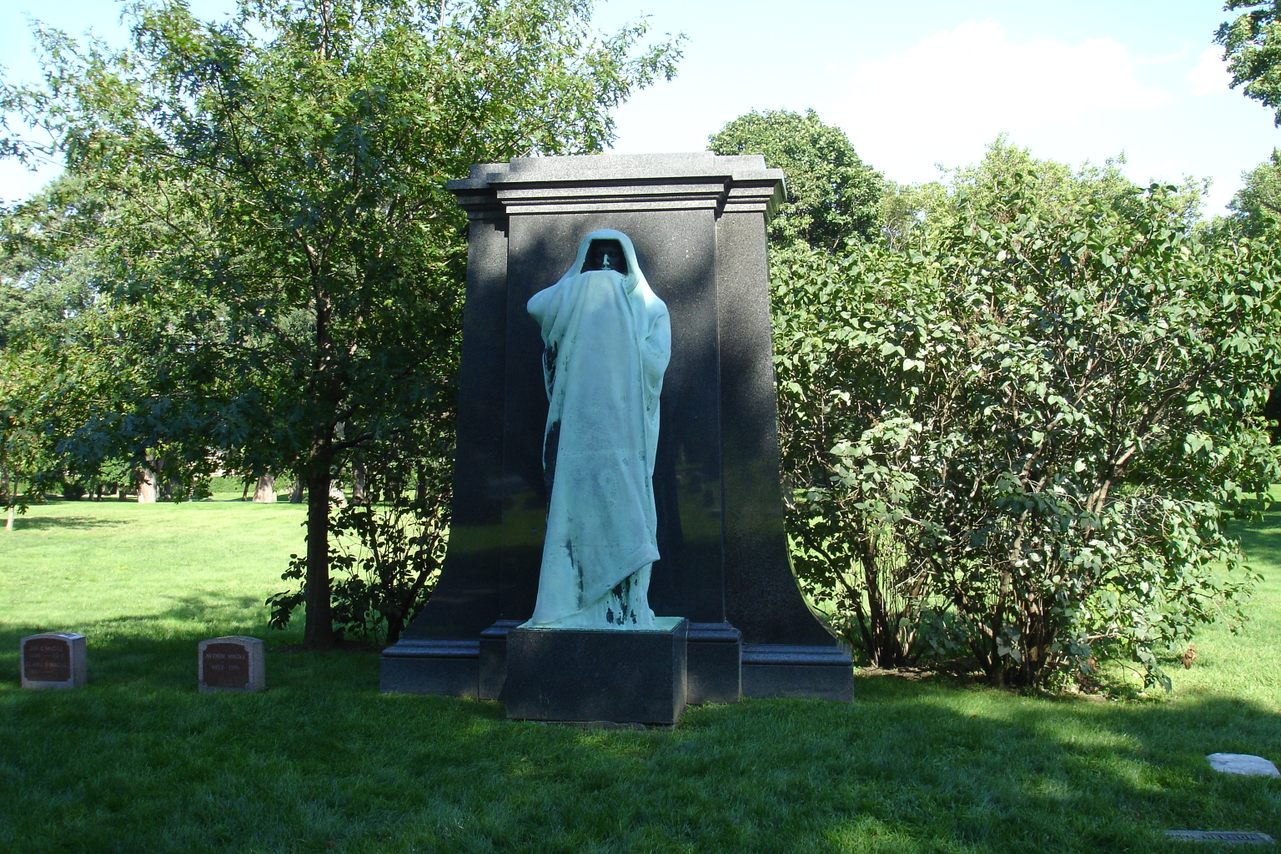
4. Graceland Cemetery
Some of Chicago’s most prolific and prominent architects and cultural figures were laid to rest in this rambling cemetery, and it’s got the dramatic (and odd) graves to prove it. Download a map from the cemetery’s website, or pick one up upon arrival to plot a course to the Ryerson Tomb, designed by Louis H. Sullivan and inspired by an Egyptian pyramid. Pay a visit to William Hulbert, too. He was part-owner of the Chicago White Stockings, which predated the Cubs, and, fittingly, his gravestone is in the shape of a baseball. When you return to the land of the living, make a pit stop at one of Andersonville’s many restaurants or cafes en route to your next stop.
4001 N Clark St, Chicago, IL 60613
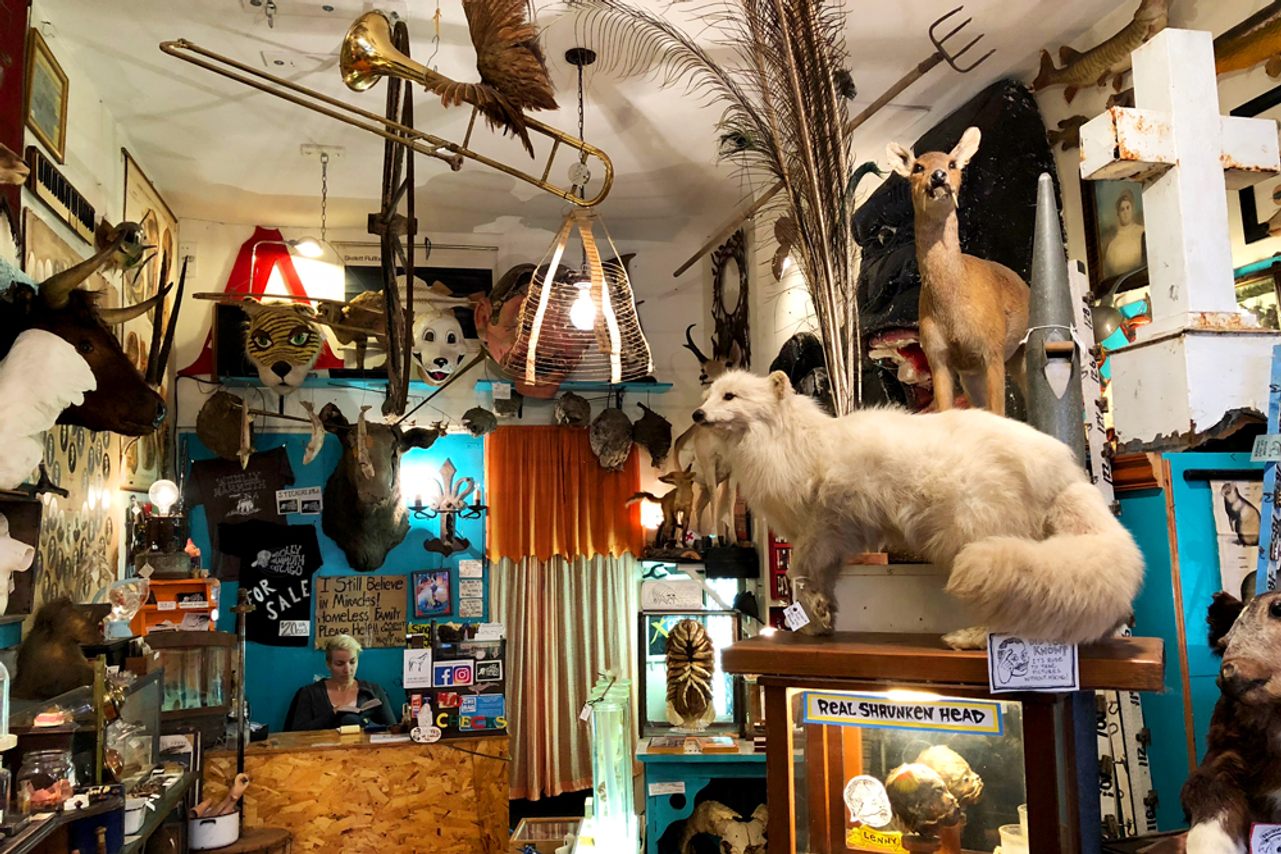
5. Woolly Mammoth Antiques and Oddities
Every inch of this shop is full of wonders, some more morbid than others. The offerings range from shells and insects to bloated things in jars, stuffed jackalopes, dental X-rays, bodybuilding pamphlets, and a papier-mâché King Kong. You could easily spend hours letting your eyes wander over the shelves and display cases, but don’t forget to take stock of everything dangling from the ceiling, too. You might need an extra carry-on bag to cart all of your finds back home.
1513 W Foster Ave, Chicago, IL 60640
6. The Drifter
Once you’ve stocked up on curios, it’s time to get on with the evening. First, head to the Green Door Tavern. The affable dive will probably be crammed with people chowing down on baskets of burgers and fries, but that’s not why you’re here. Walk right past them and down the staircase on your left. A cabinet full of tchotchkes is actually a door, and it opens into the Drifter, a tungsten-hued speakeasy. The sizable cocktail list comes printed on tarot cards, and the decor and eclectic performances, which run throughout the night, evoke carnival feats.
676-8 N Orleans St, Chicago, IL 60654
Familiar streets worth rediscovering.
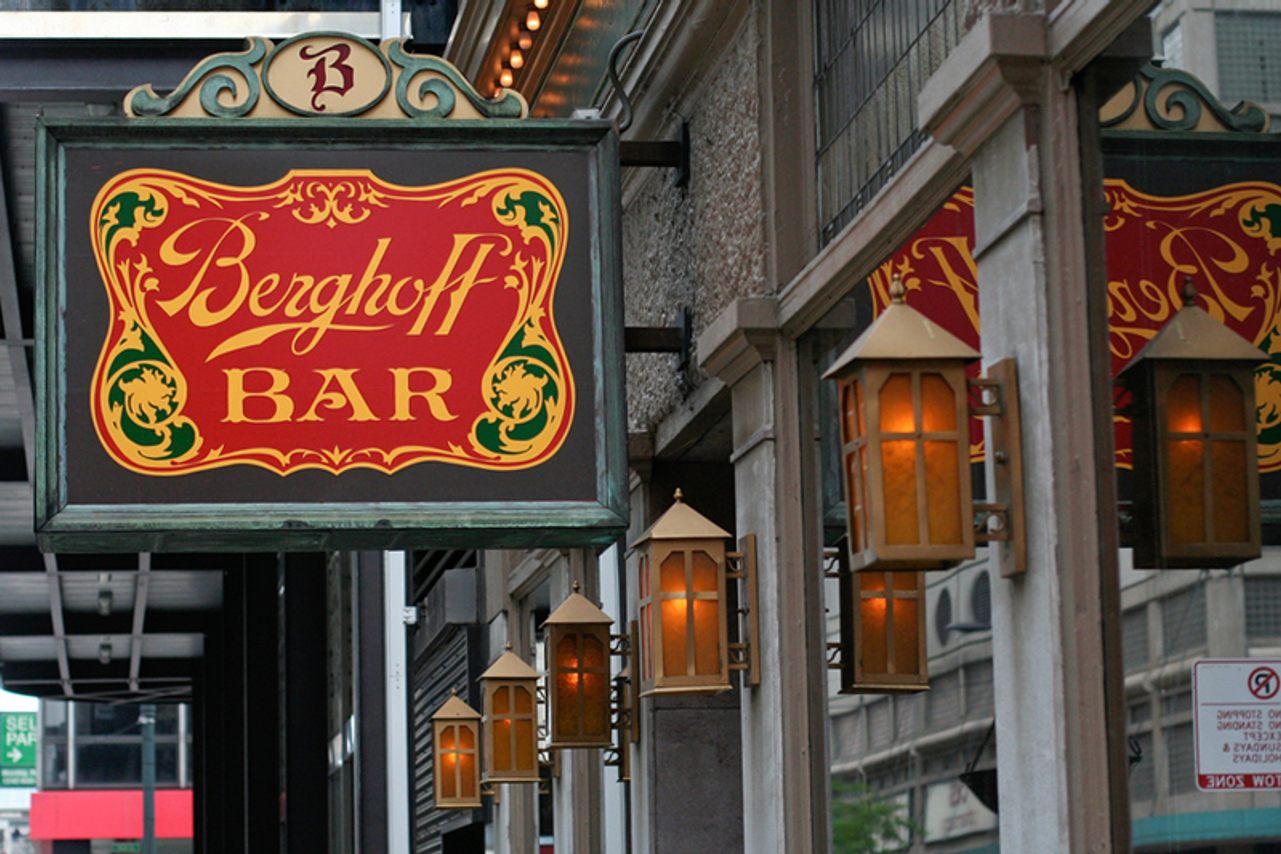
1. The Unseen Loop
Yes, the Chicago Loop is one the most-trafficked corners of the city, but it’s worth spending a couple hours here to take in some of its more rewarding spots. Start at the Chicago Cultural Center and dash in to glimpse the mammoth Tiffany Dome, then walk a couple blocks south to check out the storied Palmer House Hilton—named for the famed progenitor of the chocolate brownie and home to the Merz Apothecary, which has sold pharmacy goods since the late 1800s. Finally, walk down to the Berghoff for a quick strudel or schnitzel below stained glass and handsome wood details. When the founder, Herman Berghoff, opened up shop in the late 1800s, brews were five cents—and that included a sandwich, too. It was the first spot to earn a liquor license when Prohibition was repealed, and that prized document now hangs on the wall.
78 E Washington St, Chicago, IL 60602
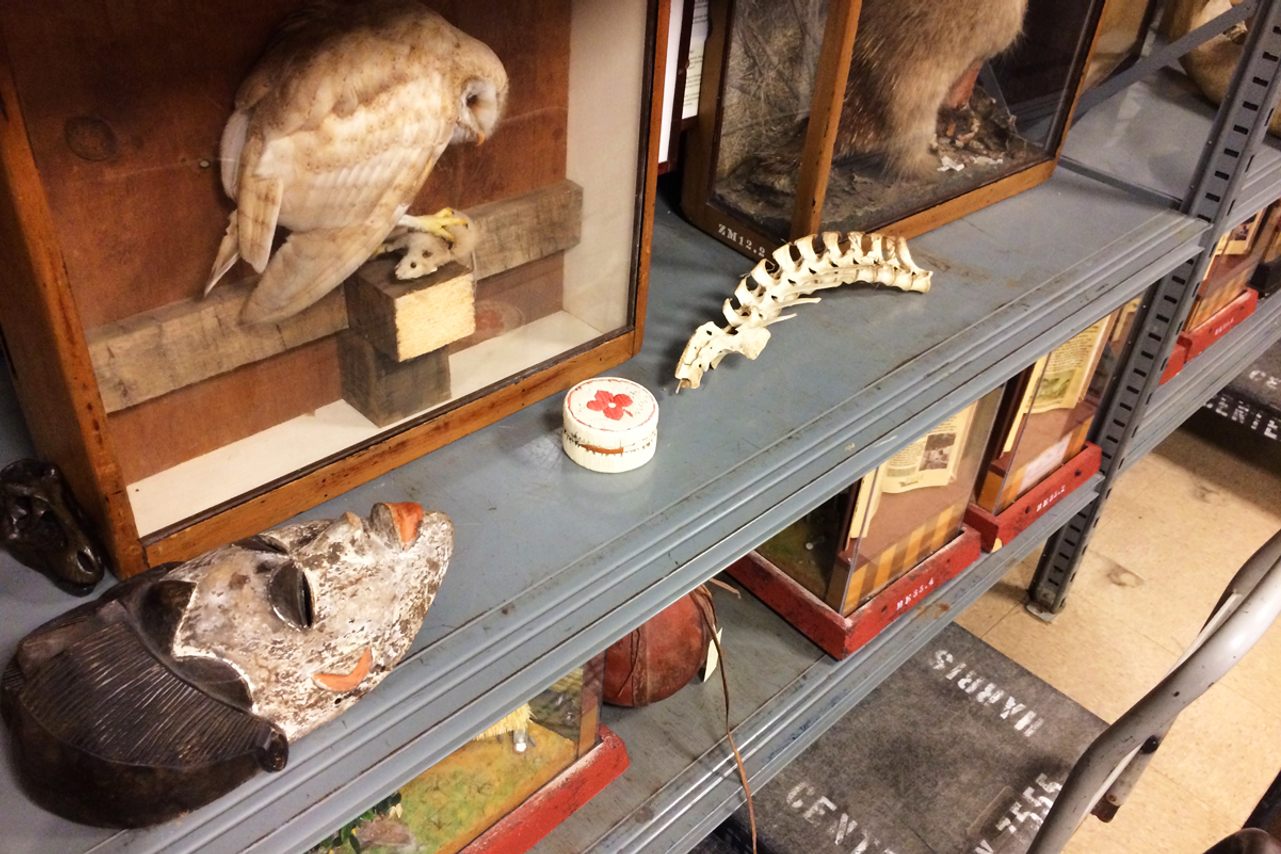
2. The Field Museum
As you wind your way along Lake Shore Drive, stop off at this encyclopedic museum, which is south of the Loop’s main drag. The wide-ranging natural history collection opened in 1893, to coincide with the World's Columbian Exposition. It’s now on many tourists’ itineraries, but nooks and crannies still have the capacity to surprise. Dodge the crowds in the great hall and march straight down to the basement. The smell of melting plastic will lead you to the Mold-A-Rama machines, where a couple bucks buys you a T-Rex or apatosaurus souvenir with retro (and prehistoric) charm. Don’t miss the herd of narwhals suspended in an eternal dive next to pastel-colored picnic tables and vending machines, and be sure to check out the N. W. Harris Learning Collection, a lending library of 400 miniature dioramas full of taxidermied fauna and plastic flora that Chicago-area residents can borrow. Who doesn’t want a tiny fox to take home? The N. W. Harris facility is closed for some of the summer; check the website for details.
1400 S Lake Shore Dr, Chicago, IL 60605
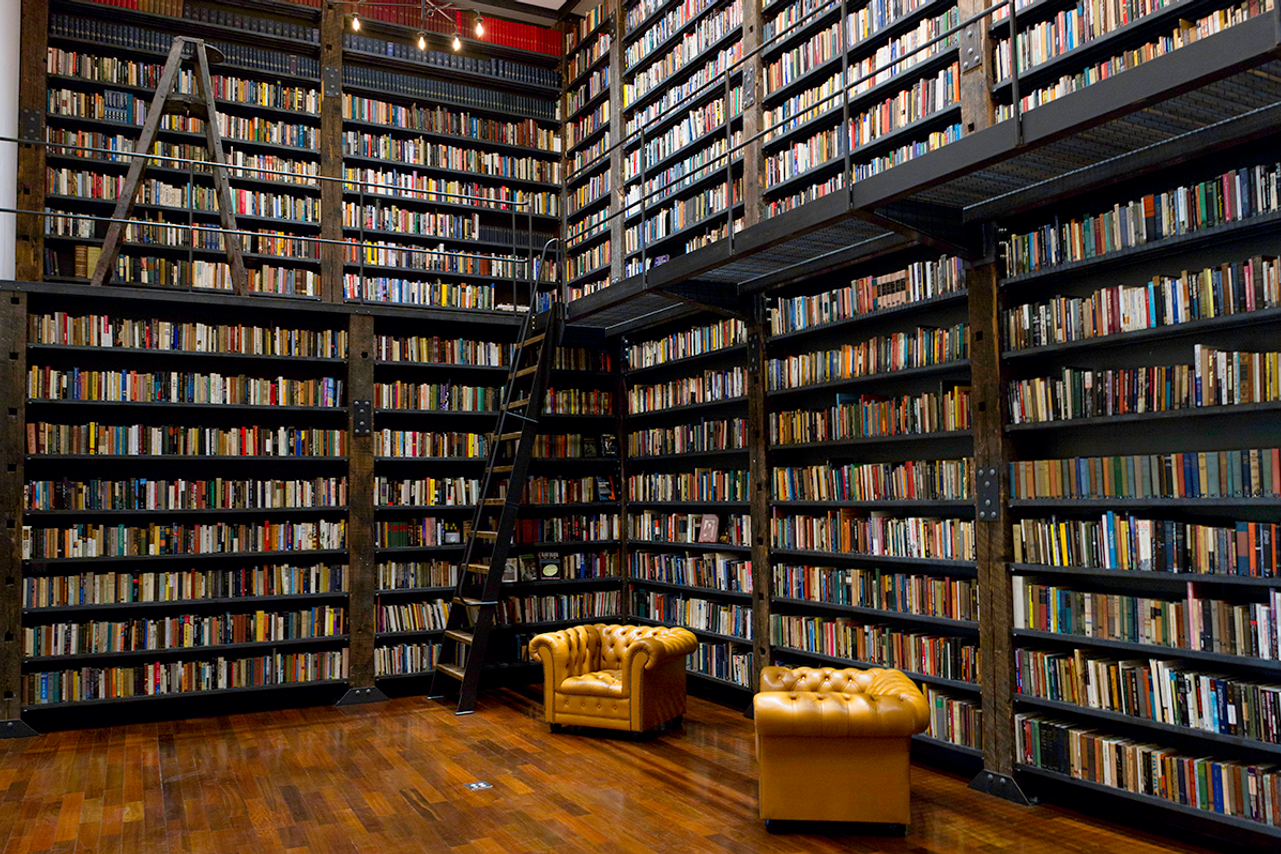
3. Stony Island Arts Bank
By the time the artist Theaster Gates snapped up this former bank for $1, in 2012, the once-elegant building had fallen ramshackle. A few million dollars later, it’s all freshened up, and serves as a community time capsule and an epicenter for art and activism. It houses rotating exhibitions and permanent collections—among them, books and magazines from Johnson Publishing Company, publisher of Ebony and Jet, an archive of 60,000 glass lantern slides from the nearby University of Chicago, and the vinyl collection of Frankie Knuckles, dubbed the “godfather” of house music. The building no longer accepts deposits, but traffics in plenty of cultural currency.
6760 S Stony Island Ave, Chicago, IL 60649
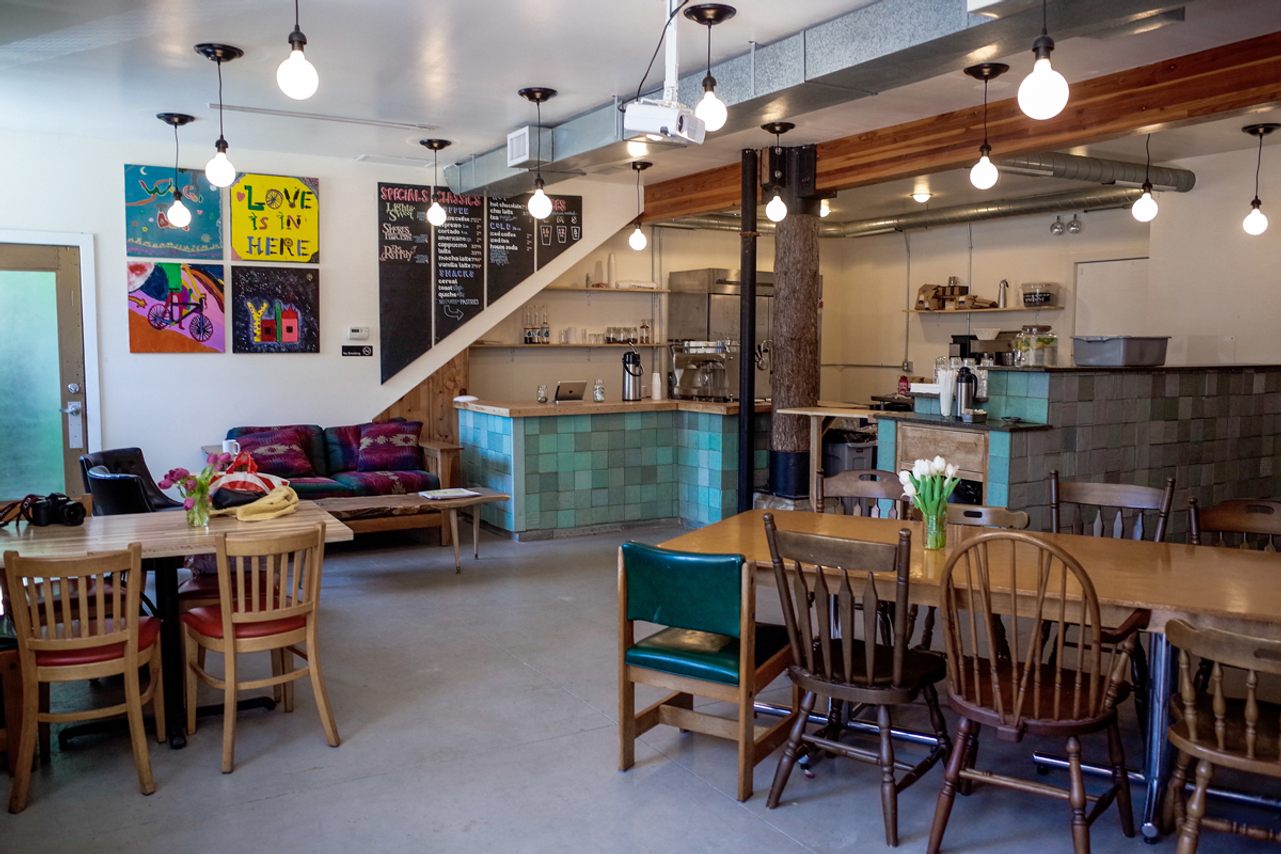
4. Build Coffee
If you think you’ve pulled up at an elementary school or find yourself lost in an alley and wonder if your GPS has glitched, you’re probably just a few feet from Build Coffee. In addition to a mean latte and delicious sweets, the tucked-away cafe peddles zines, chapbooks, and comics, and has a lot of local news on hand—it shares a building with three journalism projects, including the in-the-know South Side Weekly.
6100 S Blackstone Ave, Chicago, IL 60637
5. White Castle #16
This isn’t the first White Castle; it isn’t even the first one in the Windy City. But it is the one that locals rallied around when they thought the distinctive fortress-shaped building was threatened. Today, the turrets made with white-glazed subway tiles are protected under local landmarks law. You can no longer buy sliders here—it’s a chicken place now—but if you’re hankering, you can grab a bag at a newer White Castle right across the street.
43 E Cermak Rd, Chicago, IL 60616
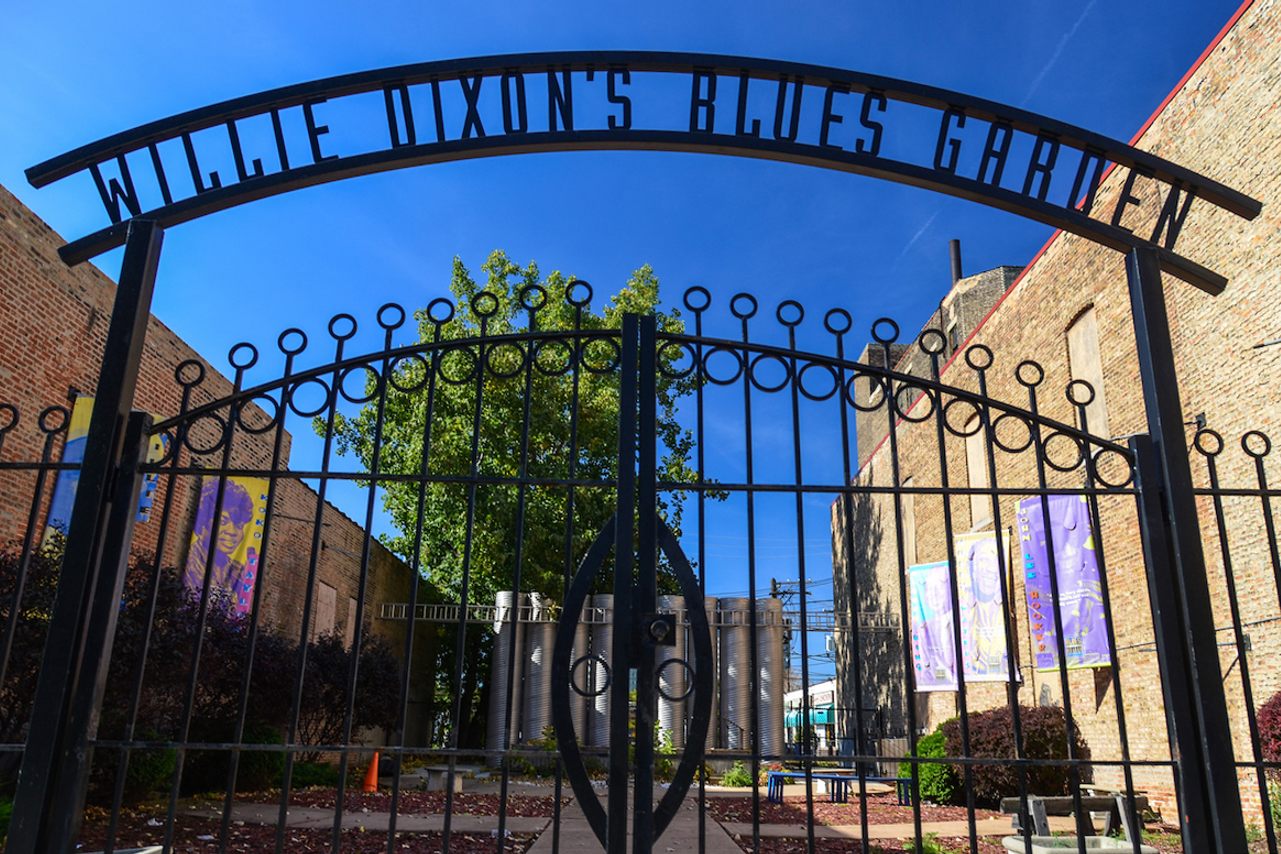
6. Blues Heaven
Just kitty corner from both White Castles is Willie Dixon’s Blues Heaven Foundation. It houses records, performance gear, and more in the former stomping grounds of Chess Records, the label that once claimed such venerable acts as Etta James, Muddy Waters, Chuck Berry, and Bo Diddley. Drop in for a tour or to groove to concerts in the garden. Visit the website for an updated schedule.
2120 Michigan Avenue, Chicago, IL 60616
Formerly a retreat for the moneyed (and male), this circa-1890s building is now open to everyone. The rooms feature luxurious, modern details, but the hotel is hardly short on historic charm. The tiled pool, long-since drained, is an events space. Fireplaces flank the drawing room, which is stuffed with leather and wood, and bocce and other games get rolling next door.
Check Prices Or Availability →
Gastro Obscura’s 11 Essential Places to Eat and Drink in Bangkok
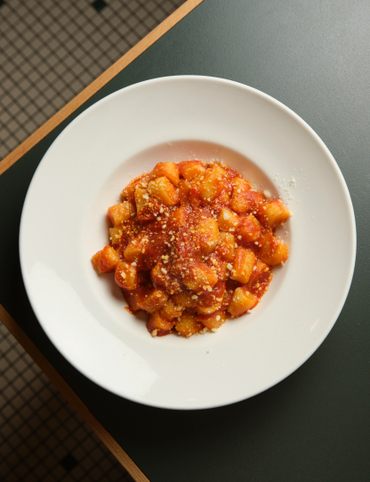
Gastro Obscura’s 10 Essential Places to Eat and Drink in Rome
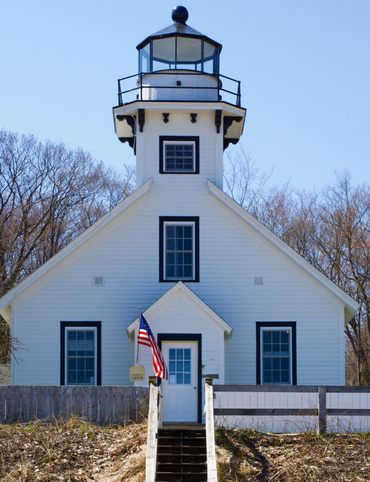
The Explorer’s Guide to Road Tripping Around the Great Lakes

10 National Parks That Are Perfect for a Road Trip
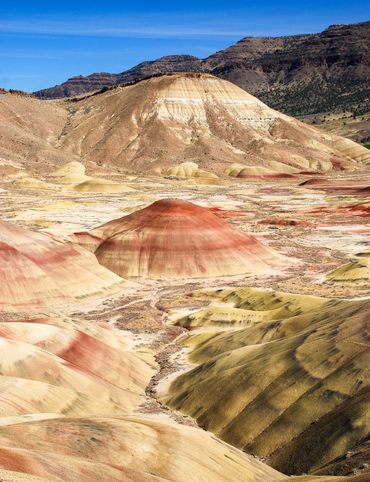
10 Out-of-This-World Places You Can Reach in Your Car
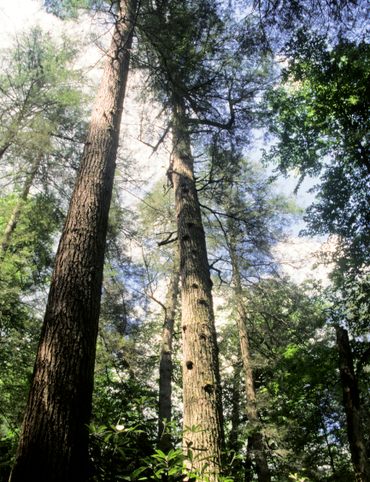
The Explorer’s Guide to Road Tripping Around Appalachia
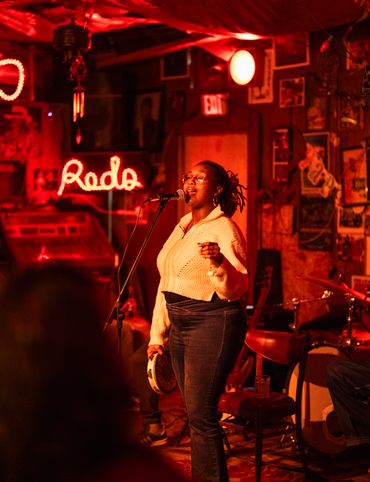
The Explorer’s Guide to Road Tripping Down Highway 61
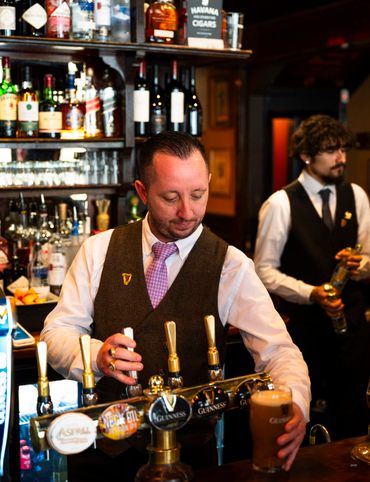
Gastro Obscura’s 10 Essential Stops on an Alternative London Pub Crawl

The Explorer’s Guide to Joshua Tree National Park
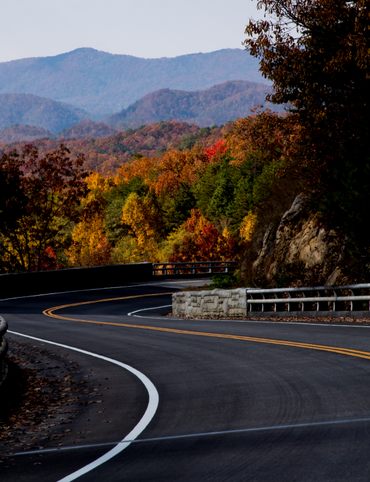
The Explorer’s Guide to the Great Smoky Mountains National Park
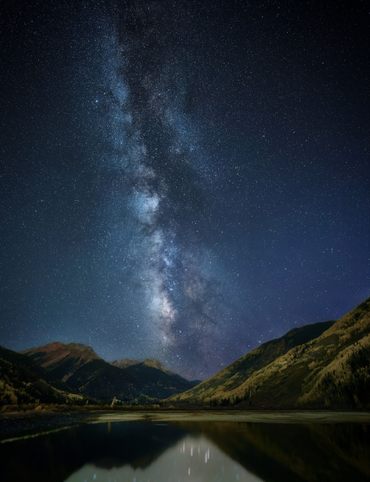
Cosmic Colorado: A Stargazer’s Guide to the Centennial State
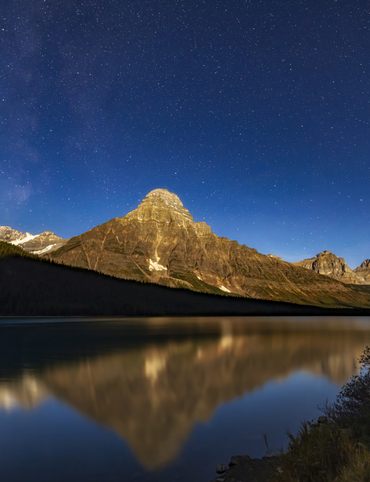
The Explorer’s Guide to Banff National Park

10 Wild Places That Define West Virginia’s Landscape
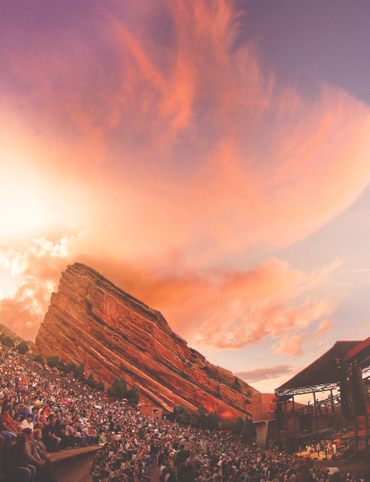
The Ultimate Guide to Hidden Red Rocks: 10 Secret Passageways, Artifacts, and Ghost Stories
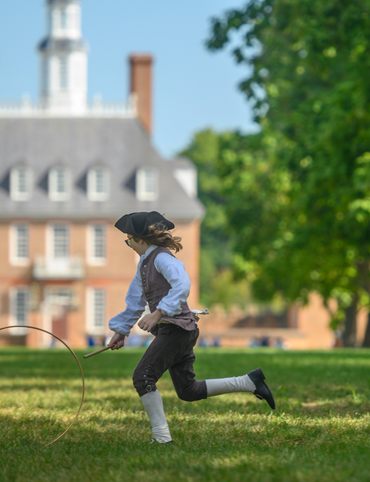
The Explorer’s Guide to Williamsburg, Virginia
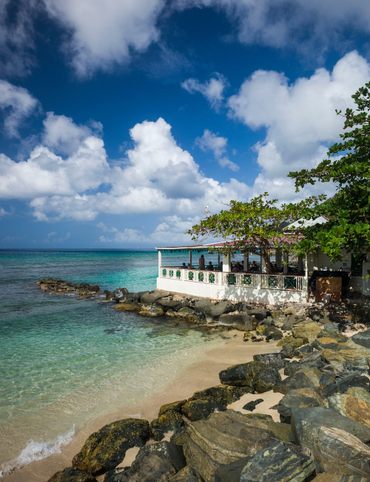
The Explorer’s Guide to the British Virgin Islands
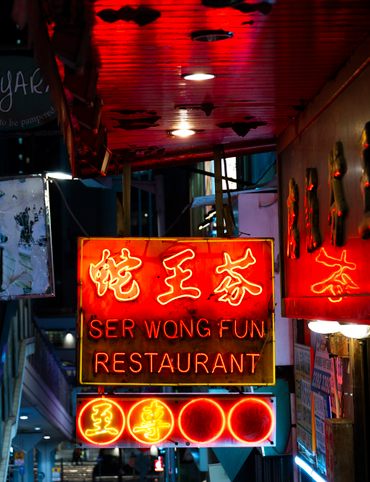
Gastro Obscura’s 10 Essential Places to Eat, Drink, and Shop in Hong Kong

A Denver Guide for National Park Lovers
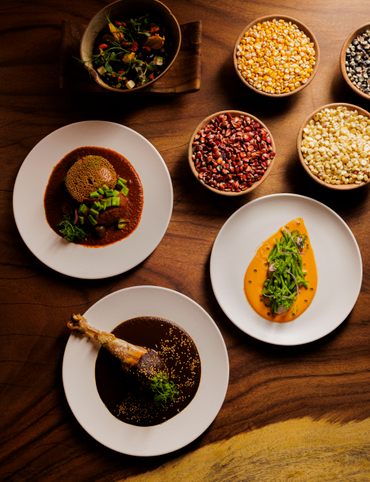
Gastro Obscura’s 10 Essential Places to Eat and Drink in Oaxaca
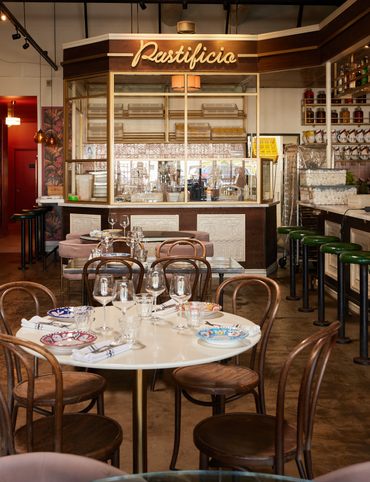
A Gastro Obscura Guide to Family-Friendly Dining in San Diego
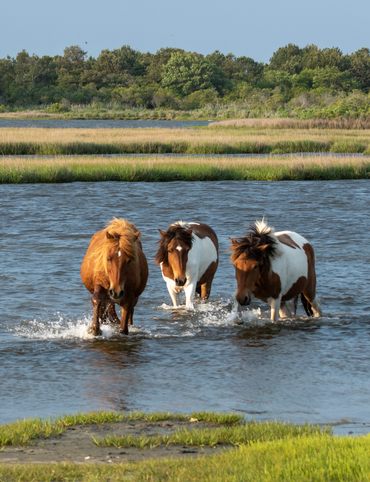
The Explorer’s Guide to Outdoor Wonders In Maryland
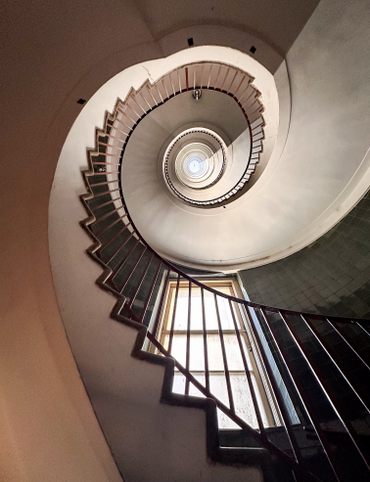
The Secret Lives of Cities: Ljubljana

From Cigar Boom to Culinary Gem: 10 Essential Spots in Ybor City
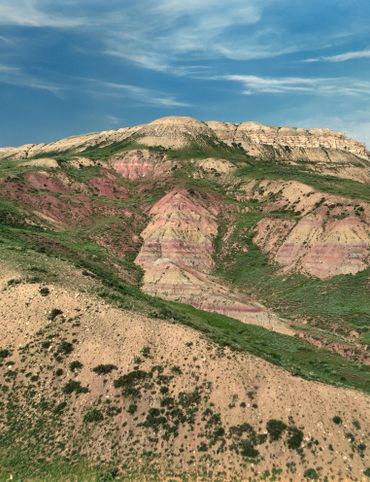
The Explorer’s Guide to Wyoming’s Captivating History

A Nature Lover’s Guide to Sarasota: 9 Wild & Tranquil Spots
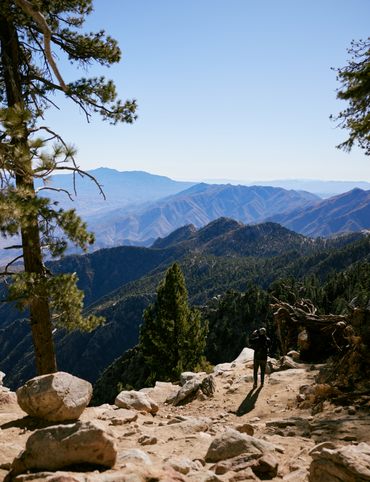
California’s Unbelievable Landscapes: A Guide to Nature’s Masterpieces
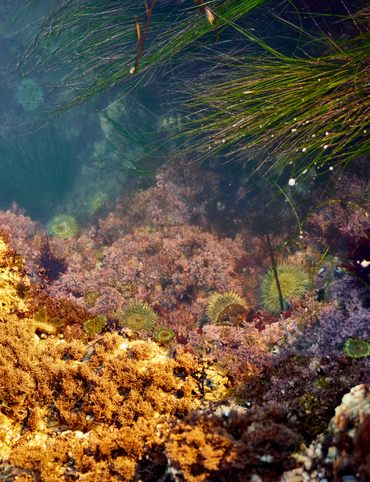
The Ultimate California Guide to Tide Pools and Coastal Marine Life

Explore California on Foot: Nature’s Year-Round Playground
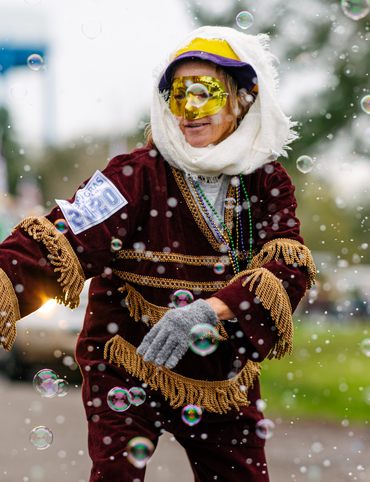
Mardi Gras 9 Ways: Parades, Cajun Music, And Courirs Across Louisiana
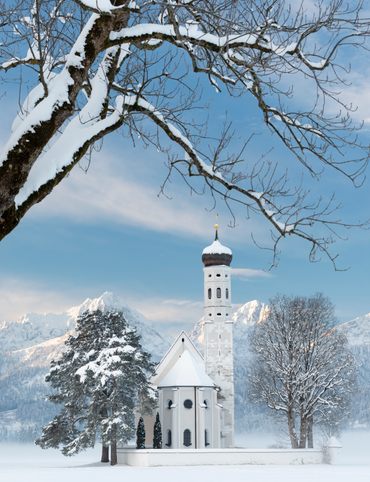
The Explorer’s Guide to Winter in Germany
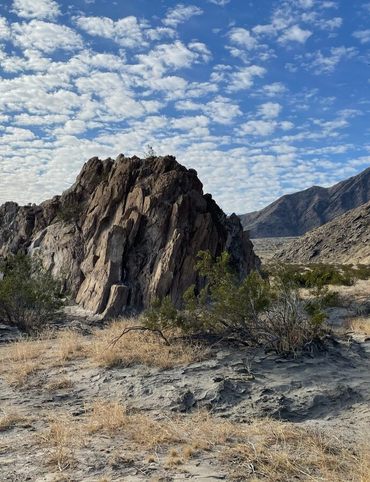
Ancient California: A Journey Through Time and Prehistoric Places

The Wildest West: Explore California’s Ghost Towns and Gold Fever Legacy
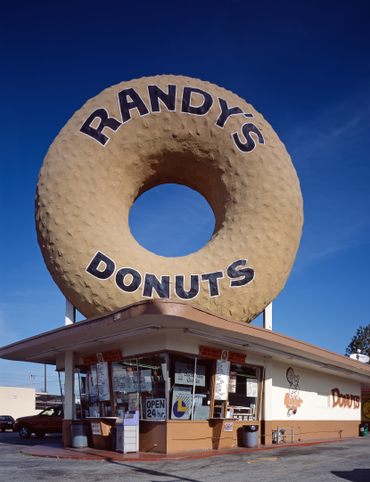
Sweet California: A Culinary Guide to Tasty Treats Across the State

Sea of Wonders: An Itinerary Through California’s Stunning Shoreline
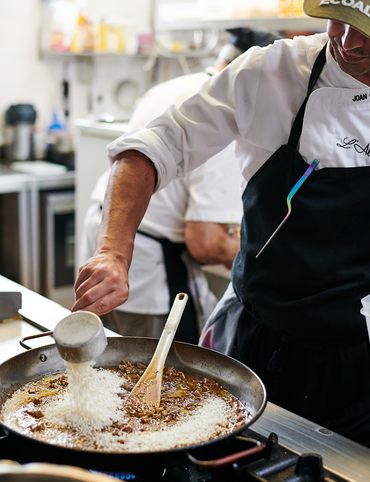
10 Places to Taste Catalonia’s Gastronomic Treasures

Atlas Obscura’s Guide to Palm Springs
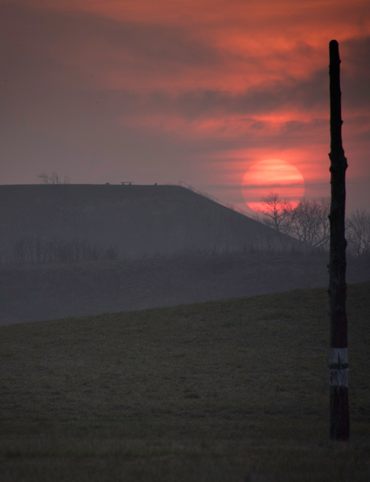
Atlas Obscura’s Guide to the 10 Most Mystifying Places in Illinois
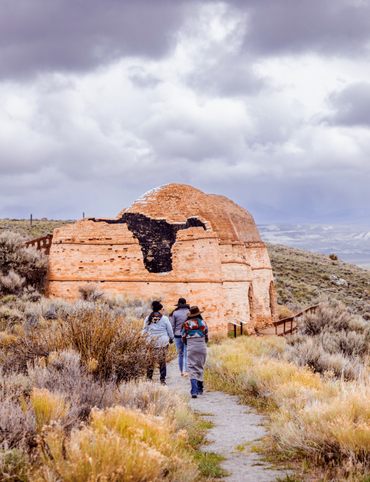
10 Fascinating Sites That Bring Idaho History to Life
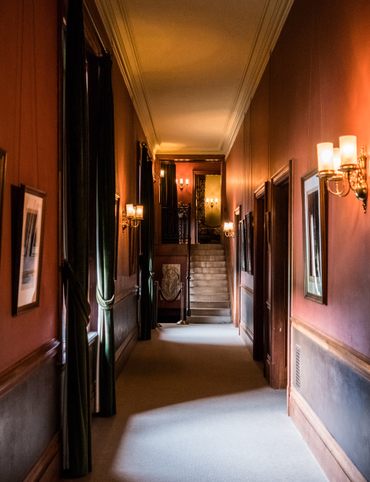
North Carolina's Paranormal Places, Scary Stories, & Local Haunts
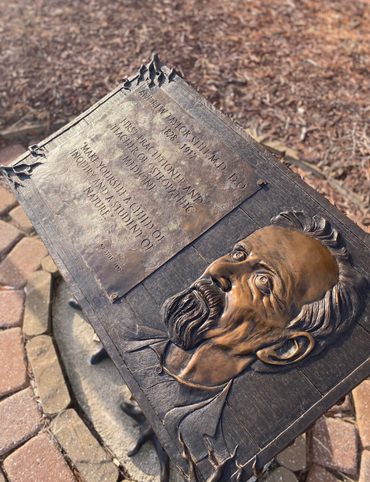
Exploring Missouri’s Legends: Unveiling the Stories Behind the State’s Iconic Figures

These Restaurants Are Dishing Out Alabama’s Most Distinctive Food
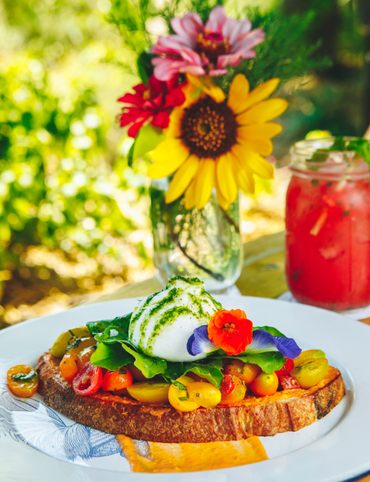
A Gastro Obscura Guide to Los Cabos
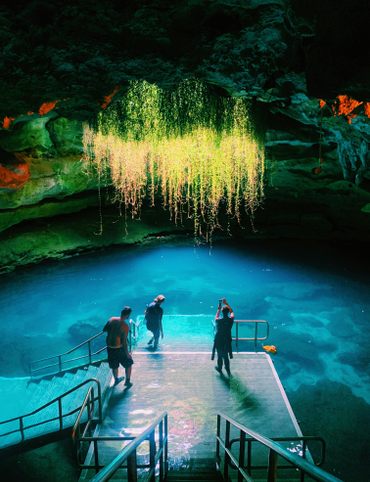
9 Watery Wonders on Florida’s Gulf Coast
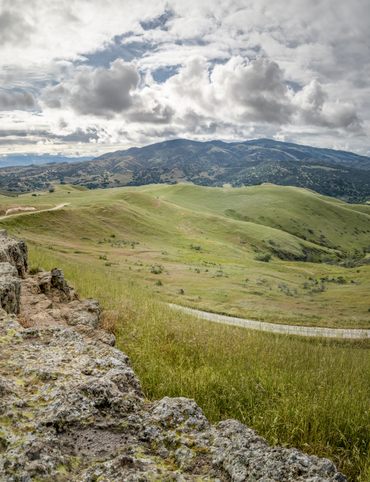
Discover the Surprising and Hidden History of Monterey County

Gastro Obscura’s Guide to Eating Your Way Through Charlotte
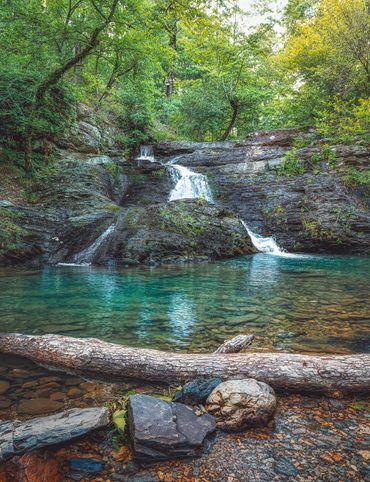
Talimena Scenic Byway: 6 Essential Stops for Your Arkansas Road Trip

9 Amazing Arkansas Adventures Along the Scenic 7 Byway
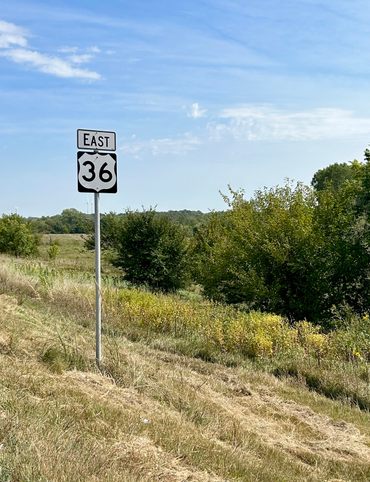
The Explorer's Guide to Highway 36: The Way of American Genius
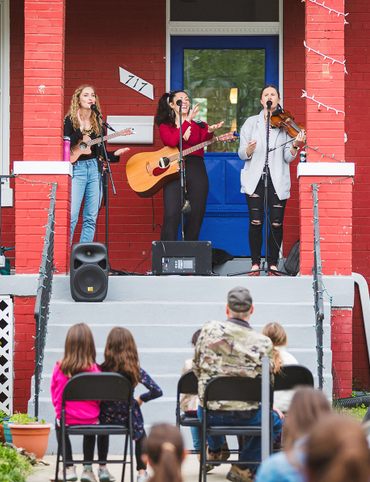
A Behind-the-Scenes Guide to DC’s Art and Music
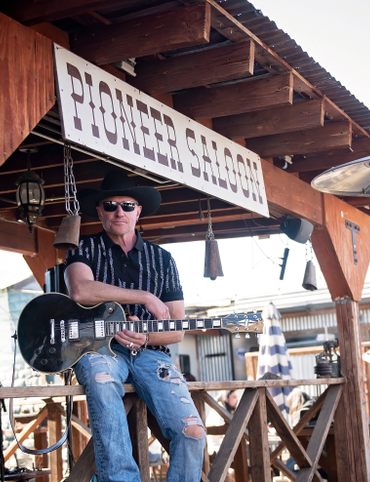
9 Places Near Las Vegas For a Different Kind of Tailgate
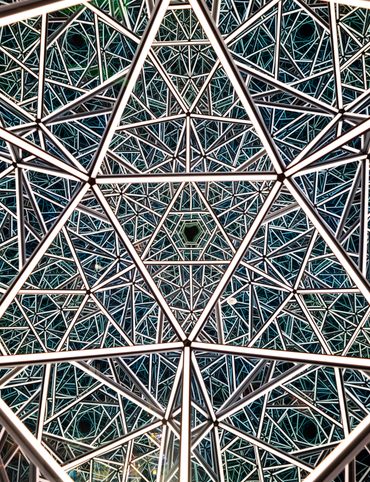
10 Places to See Amazing Art on Florida's Gulf Coast

8 Reasons Why You Should Visit the Bradenton Area

A Music Lover’s Guide to New Orleans
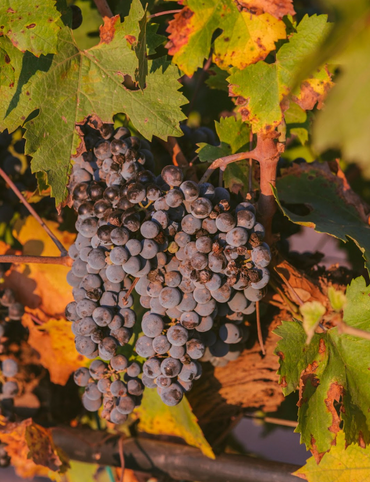
Gastro Obscura’s Guide to Sipping Wine in Catalonia
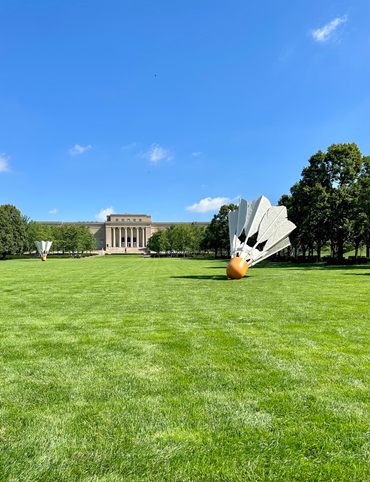
9 Hidden Wonders in the Heart of Kansas City

10 Unexpected Delights of Vermont's Arts and Culture Scene
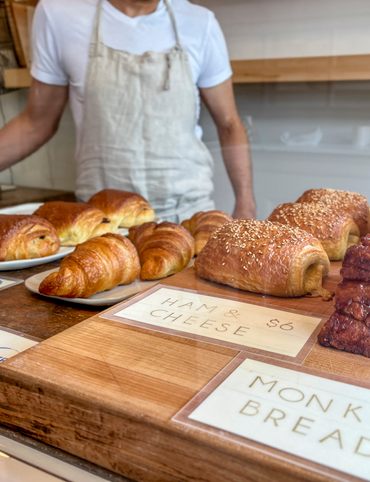
Gastro Obscura’s Guide to Eating Through Maine

The Gastro Obscura Guide to Asheville Area Eats
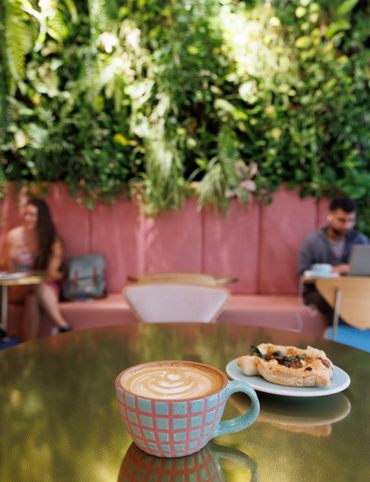
Gastro Obscura’s Guide to St. Pete/Clearwater

9 Hidden Wonders in Eastern Colorado
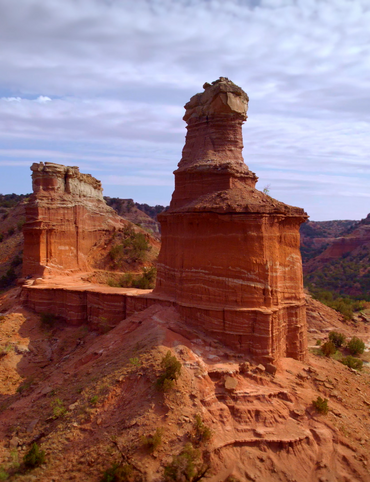
7 Places to Experience Big Wonder in Texas
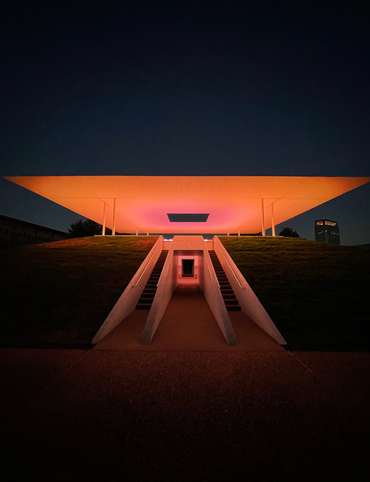
8 Out-There Art Destinations in Texas

6 Ways To See Texas Below the Surface

9 Places to Dive Into Fresh Texas Waters
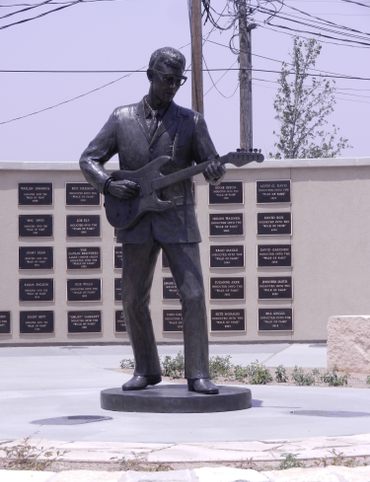
7 Ways to Explore Music (and History) in Texas
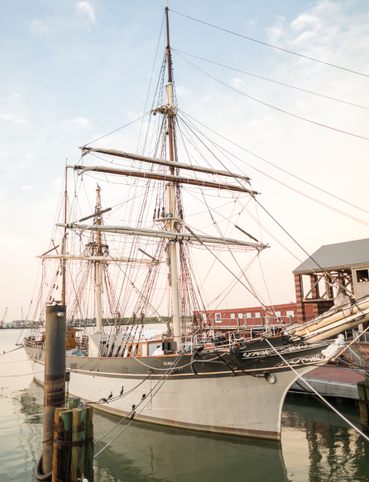
8 Ways to Discover Texas’ Rich History

The Explorer’s Guide to the Northern Territory, Australia
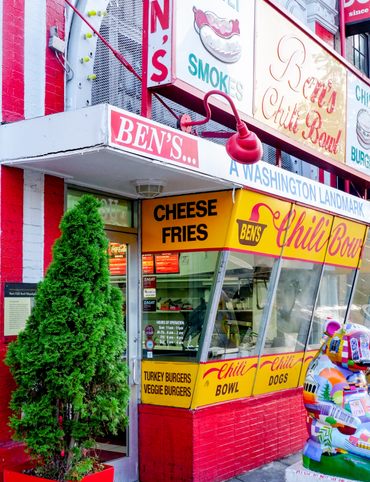
The Explorer's Guide to U Street Corridor

Gastro Obscura Guide to Southern Eats
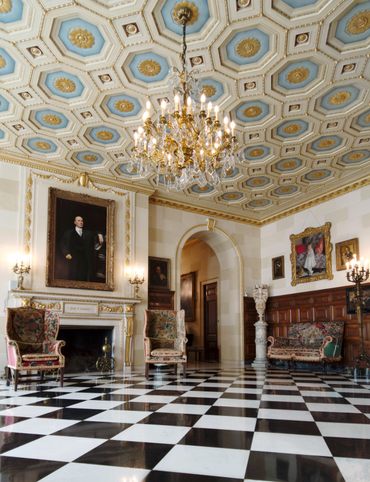
Only In Delaware
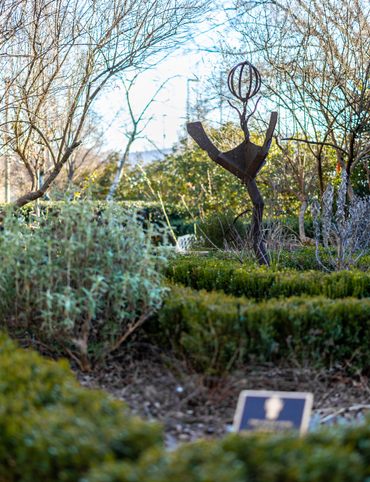
The Secret History & Hidden Wonders of Charlotte, North Carolina
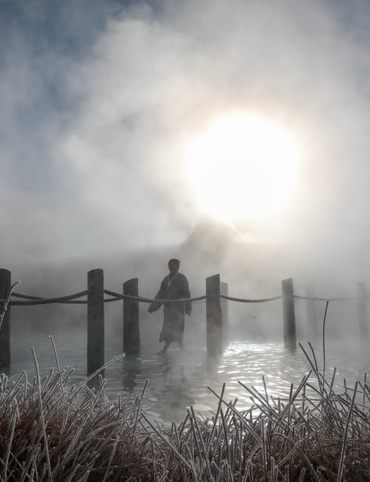
Exploring Colorado's Historic Hot Springs Loop
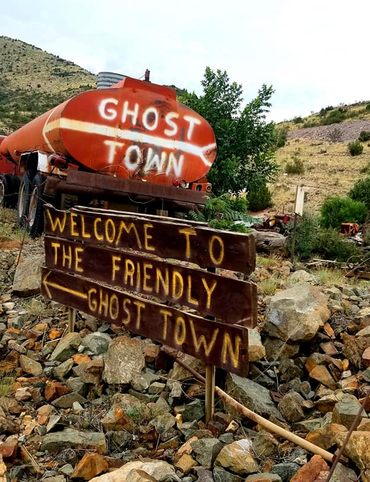
These 8 Arizona Ghost Towns Will Transport You to the Wild West
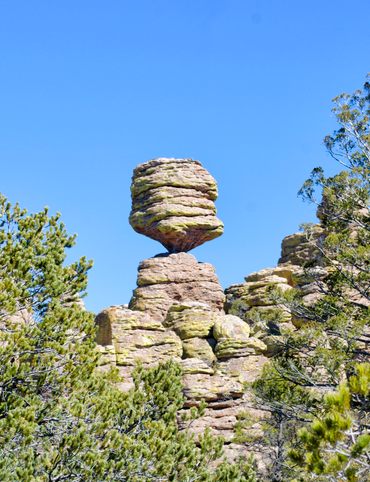
A Guide to Arizona’s Most Striking Natural Wonders
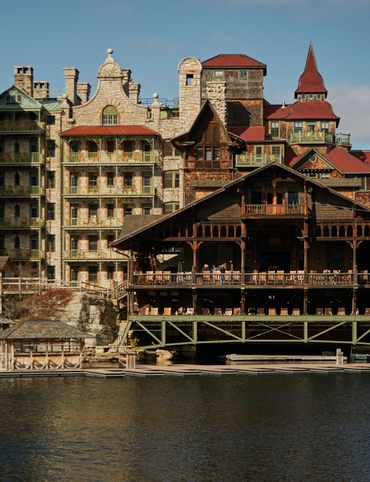
The Explorer's Guide to Hudson Valley, New York

Discover the Endless Beauty of the Pine Tree State

Travel to New Heights Around the Pine Tree State

8 Historical Must-Sees in Granbury, Texas
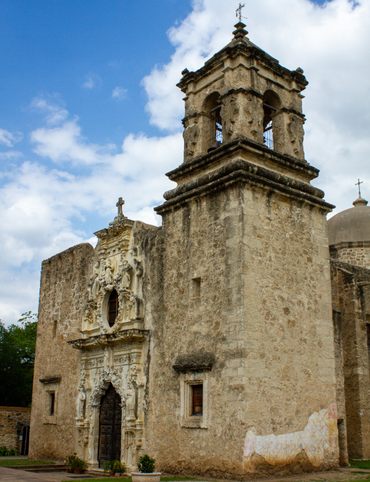
7 Creative Ways to Take in San Antonio’s Culture
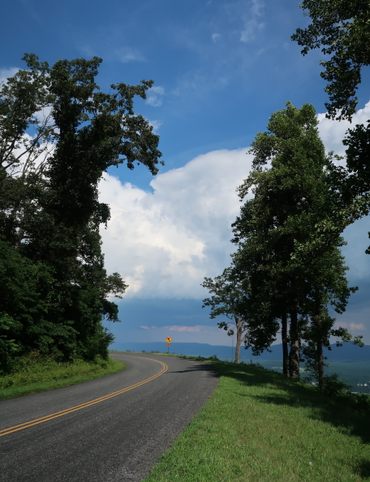
Eat Across the Blue Ridge Parkway
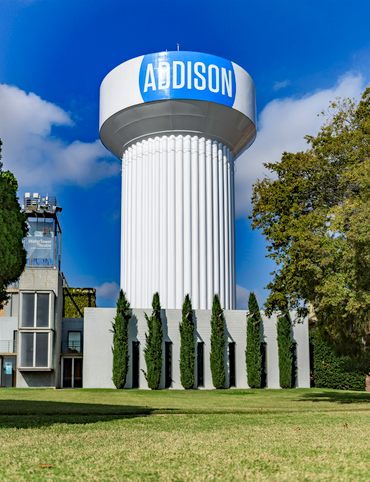
6 Ways to Absorb Addison, Texas’ Arts and Culture

6 Ways to Take in the History of Mesquite, Texas
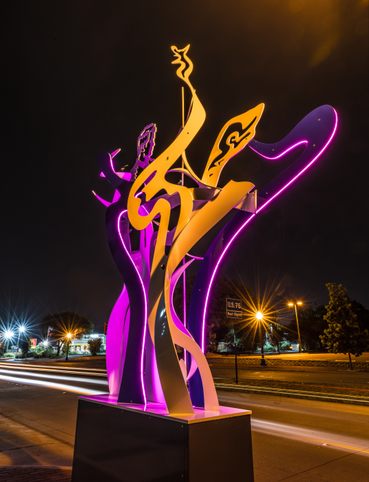
6 Ways to Soak Up Plano’s Art and Culture
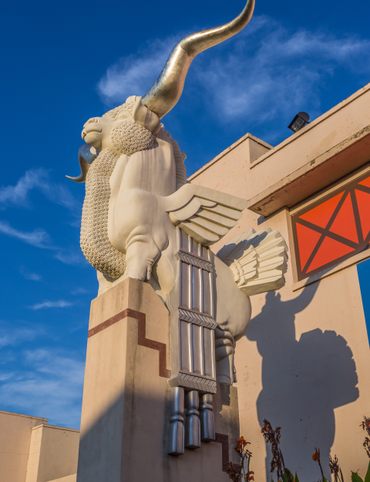
9 Dallas Spots for Unique Art and Culture
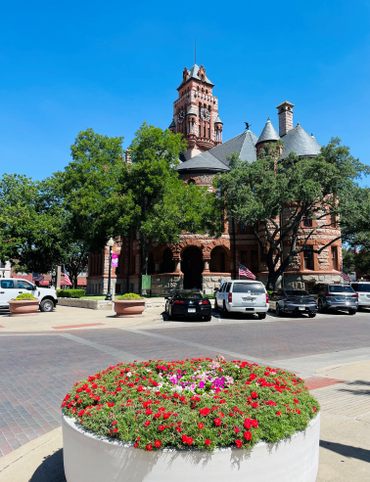
7 Sites of Small-Town History in Waxahachie, Texas
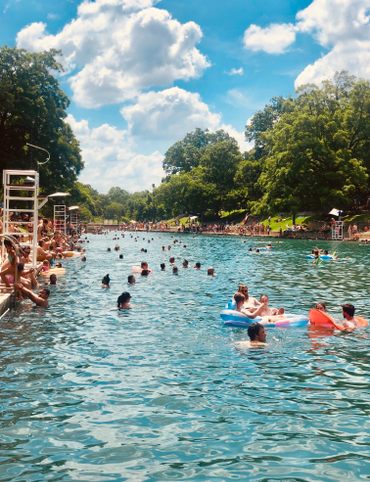
6 Natural Wonders to Discover in Austin, Texas
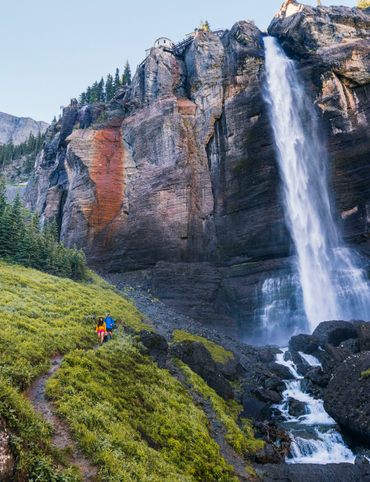
Discover the Secrets of Colorado’s Mountains and Valleys
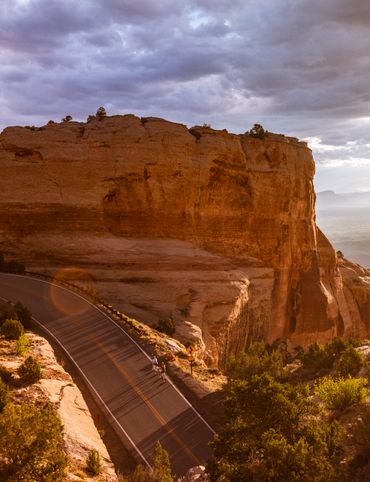
A Road Trip Into Colorado’s Prehistoric Past
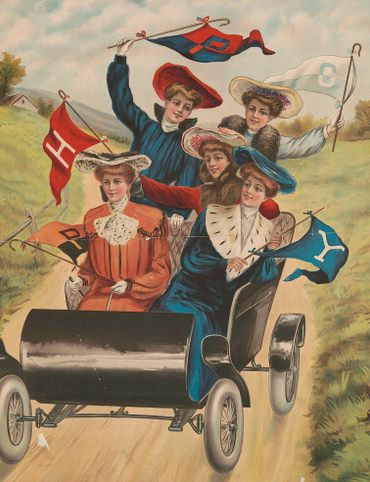
A Feminist Road Trip Across the U.S.
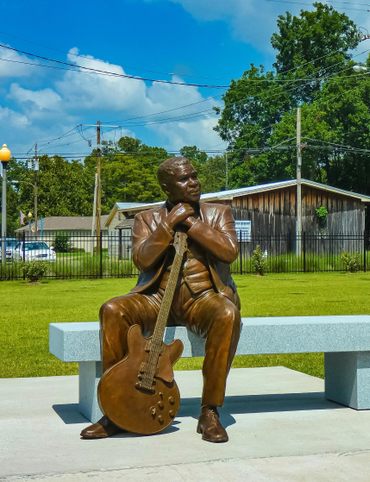
All Points South
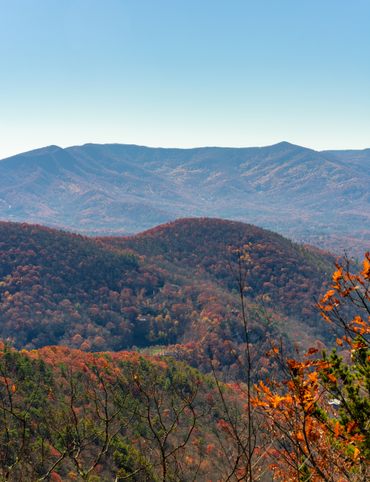
Asheville: Off the Beaten Path

Restless Spirits of Louisiana
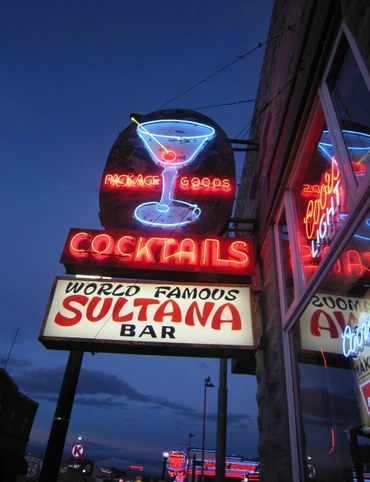
Eat Across Route 66

18 Mini Golf Courses You Should Go Out of Your Way to Play

4 Underwater Wonders of Florida
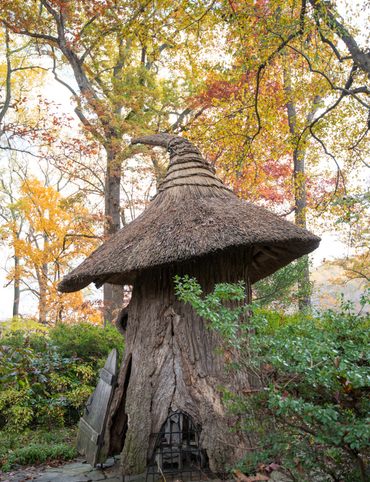
6 Spots Where the World Comes to Delaware

Study Guide: Road Trip from Knoxville to Nashville
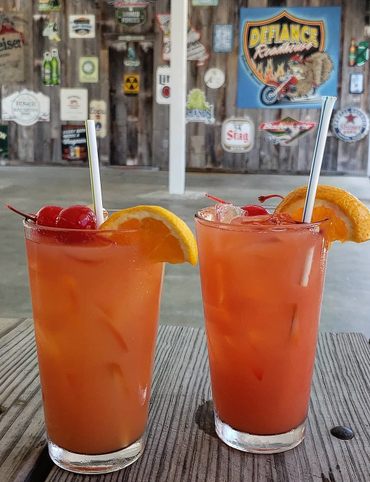
6 Wondrous Places to Get Tipsy in Missouri
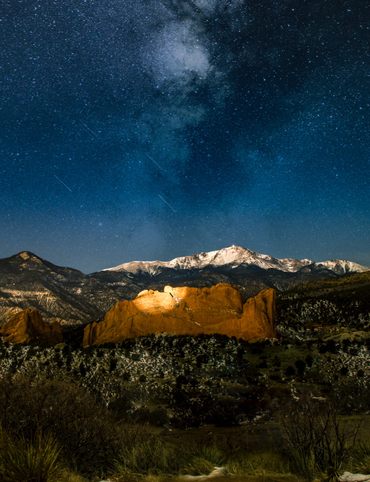
Rogue Routes: The Road to Pikes Peak

Rogue Routes: The Road to Carhenge
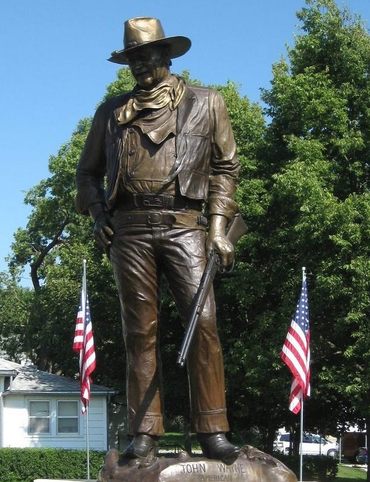
4 Pop-Culture Marvels in Iowa

7 Stone Spectacles in Georgia
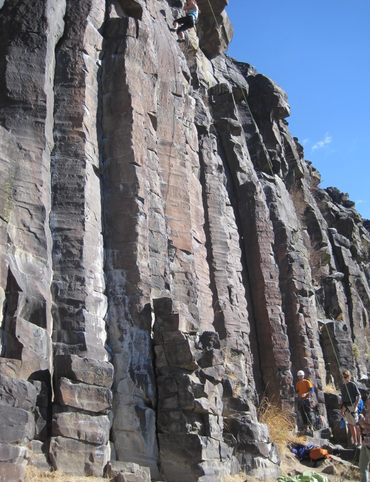
6 Stone-Cold Stunners in Idaho
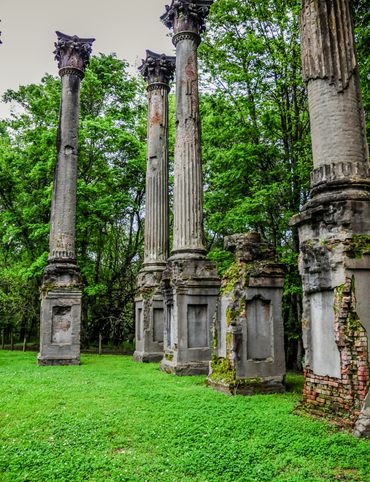
8 Historic Spots to Stop Along Mississippi's Most Famous River
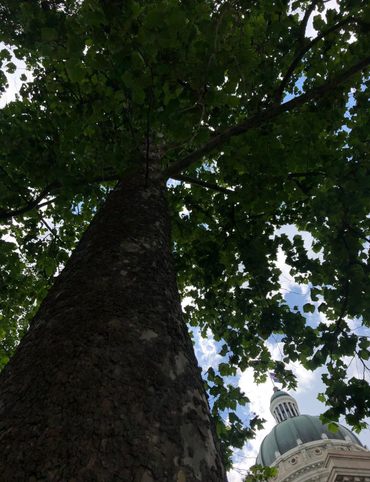
5 Incredible Trees You Can Find Only in Indiana

5 Famous and Delightfully Obscure Folks Buried in Kentucky

4 Wacky Wooden Buildings in Wyoming

7 Spots to Explore New Jersey’s Horrors, Hauntings, and Hoaxes
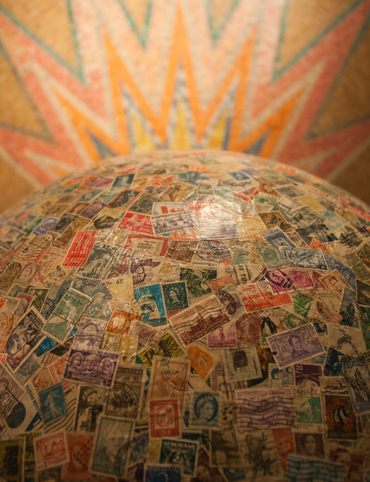
4 Out-There Exhibits Found Only in Nebraska
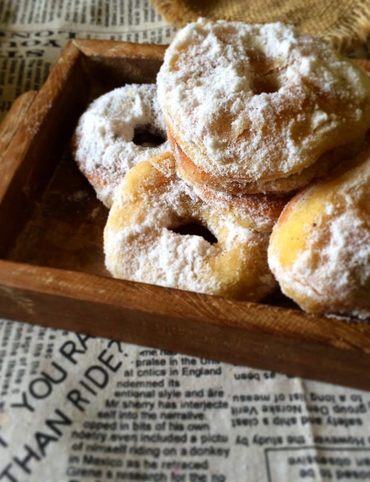
6 Sweet and Savory Snacks Concocted in Utah
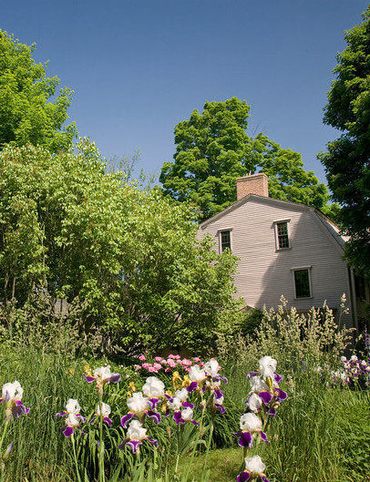
12 Places in Massachusetts Where Literature Comes to Life
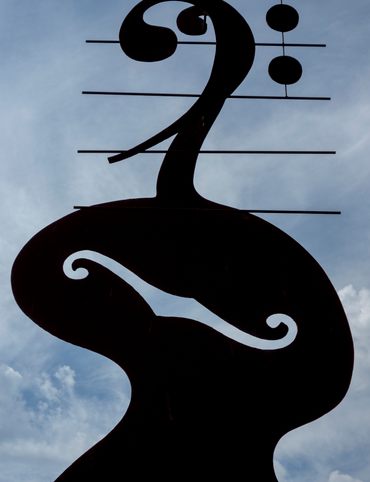
8 Places to Get Musical in Minnesota
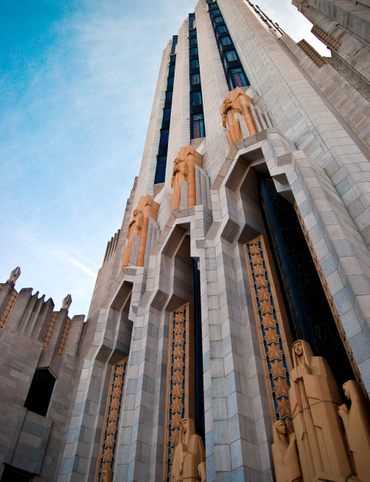
8 Buildings That Prove Oklahoma's an Eclectic Art Paradise

9 Stunning Scientific Sites in Illinois
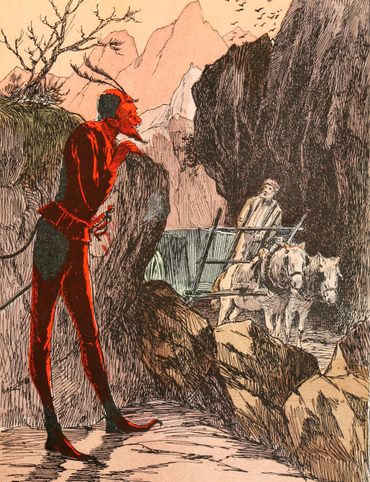
5 Strange and Satanic Spots in New Hampshire

8 Historic Military Relics in Maryland
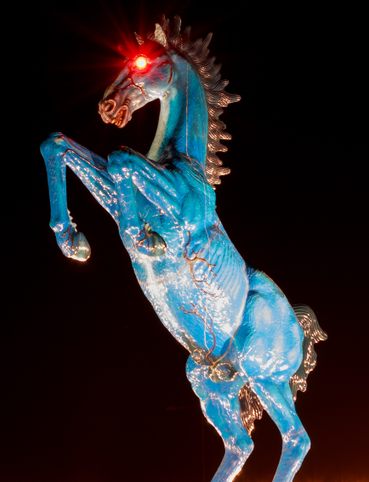
5 of Colorado's Least-Natural Wonders

Rogue Routes: The Road to Sky’s the Limit

6 Hallowed Grounds in South Carolina
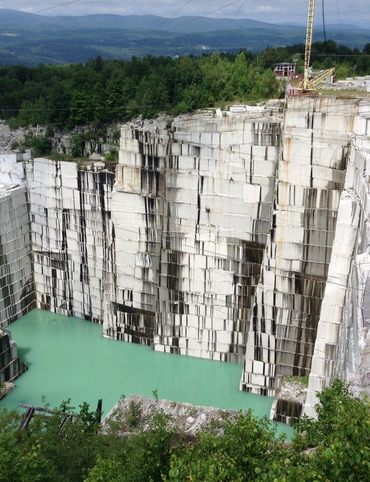
9 Rocking Places in Vermont

Knoxville Study Guide
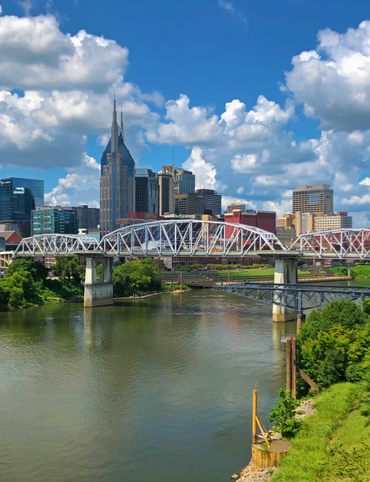
Nashville Study Guide
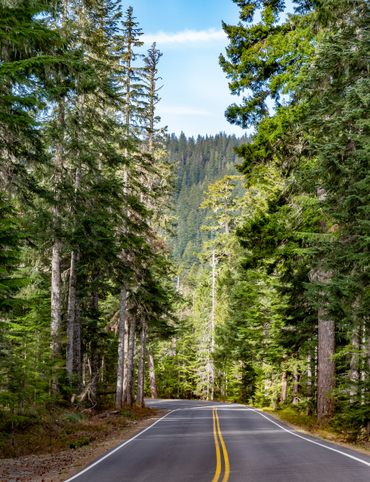
Rogue Routes: The Road to Camp Colton
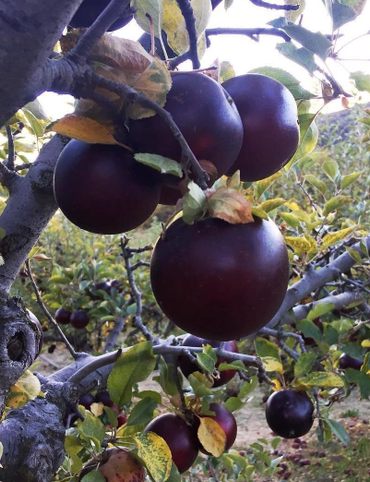
Black Apples and 6 Other Southern Specialties Thriving in Arkansas
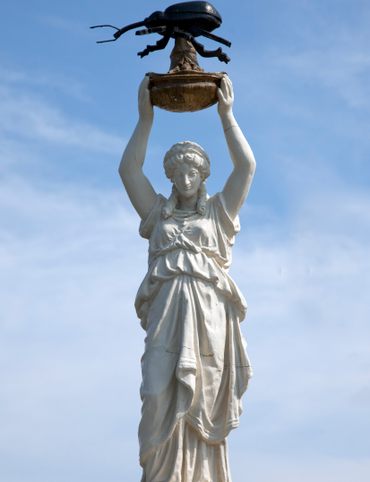
4 Monuments to Alabama’s Beloved Animals
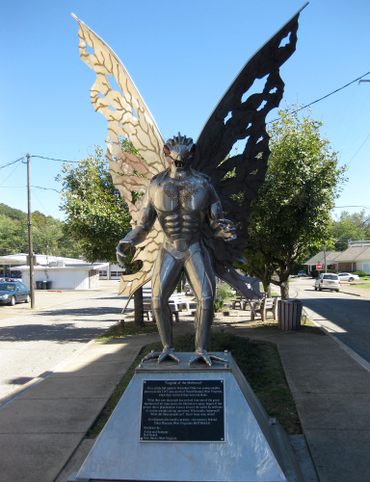
The Dark History of West Virginia in 9 Sites
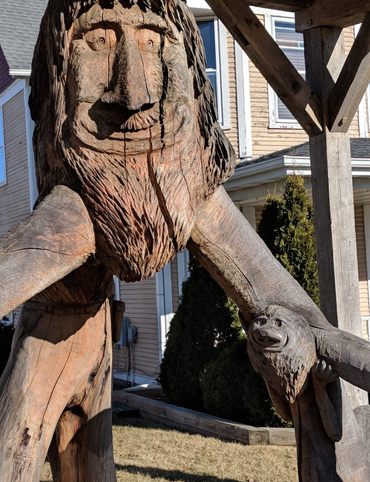
11 Zany Collections That Prove Wisconsin's Quirkiness
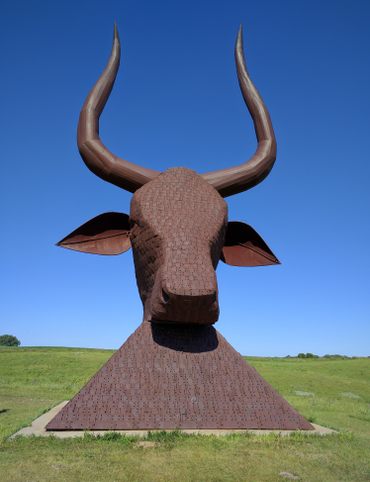
7 Inexplicably Huge Animals in South Dakota
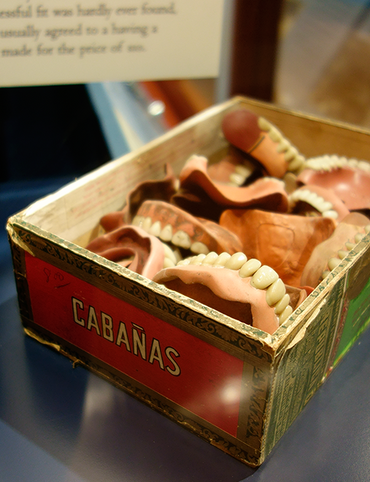
6 Fascinating Medical Marvels in Pennsylvania
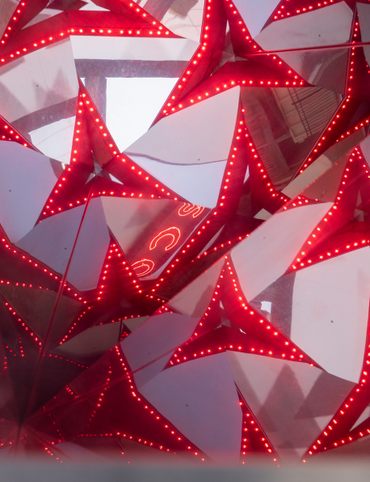
8 Places in Virginia That Aren’t What They Seem
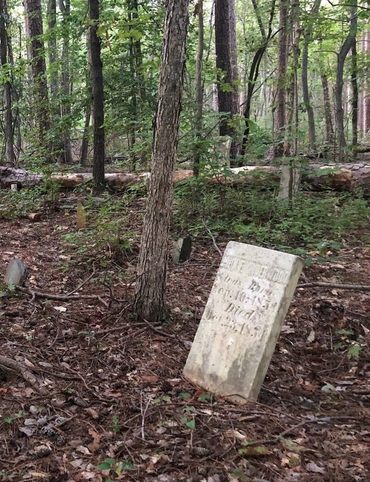
7 Cool, Creepy, and Unusual Graves Found in North Carolina

7 of Montana's Spellbinding Stone Structures
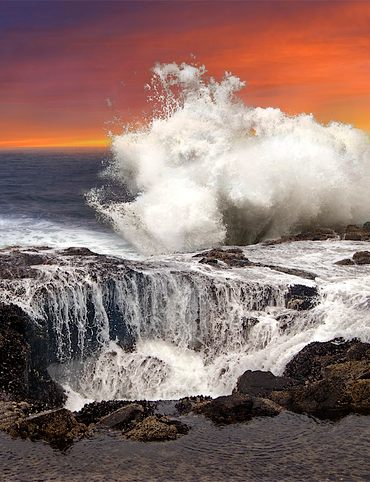
9 of Oregon’s Most Fascinating Holes and Hollows
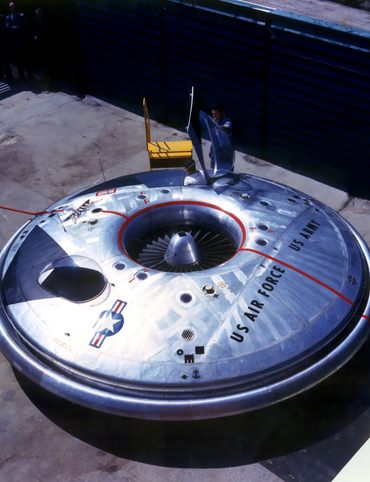
Take to the Skies With These 9 Gravity-Defying Sites in Ohio

9 Strange and Surreal Spots in Washington State
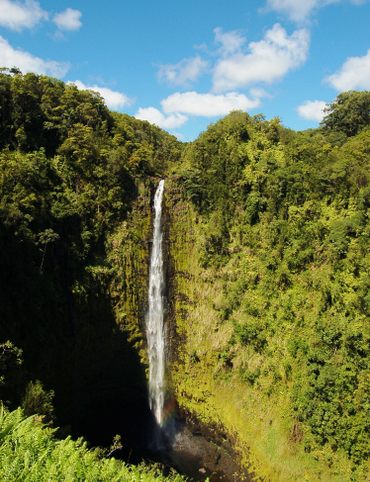
8 Watery Wonders in Hawaiʻi, Without Setting Foot in the Ocean
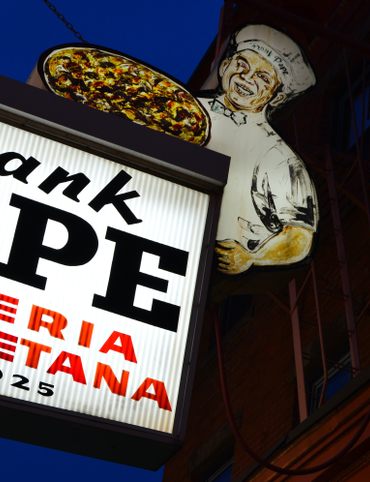
6 Unusual Eats Curiously Cooked Up in Connecticut

11 Close Encounters With Aliens and Explosions in New Mexico
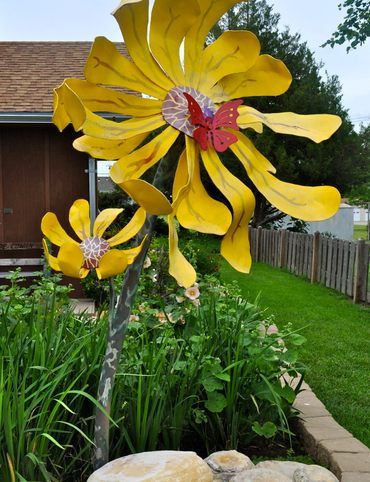
10 Places to Trip Way Out in Kansas
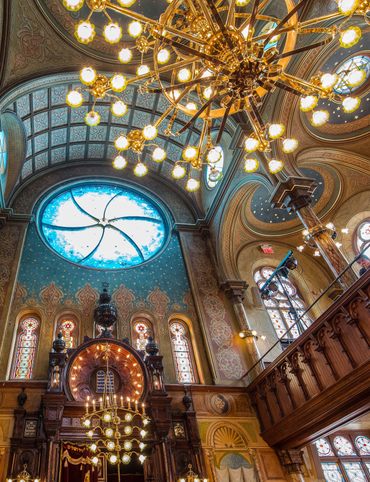
The Resilience of New York in 10 Remarkable Sites

7 Very Tall Things in Very Flat North Dakota
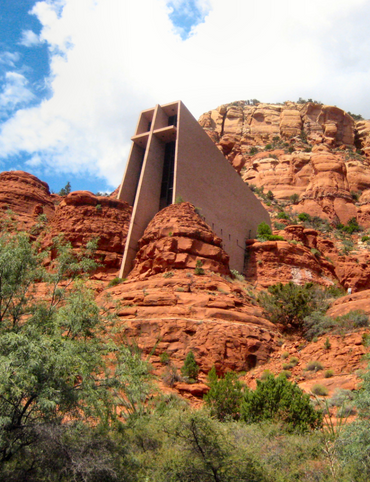
8 Blissfully Shady Spots to Escape the Arizona Sun
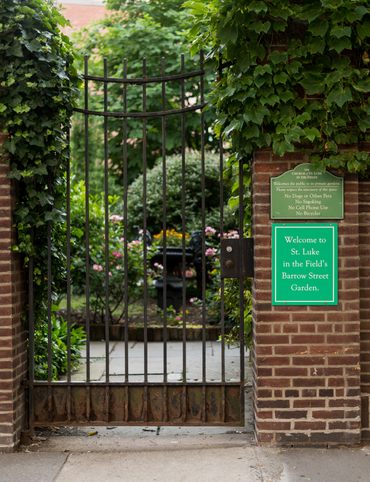
On the Run: NYC

On the Run: Los Angeles

9 Surprisingly Ancient Marvels in Modern California
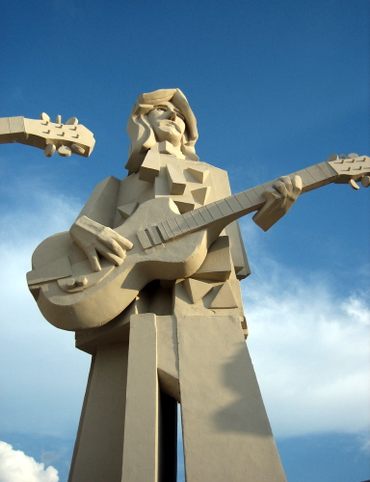
10 Art Installations That Prove Everything's Bigger in Texas
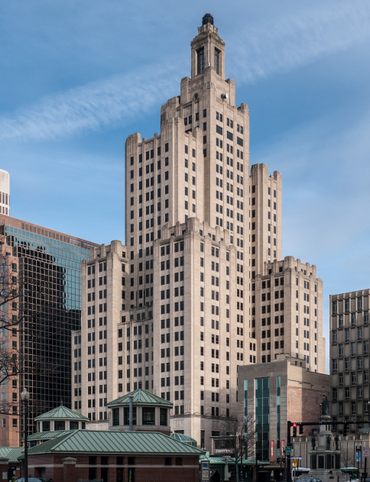
6 Huge Things in Tiny Rhode Island
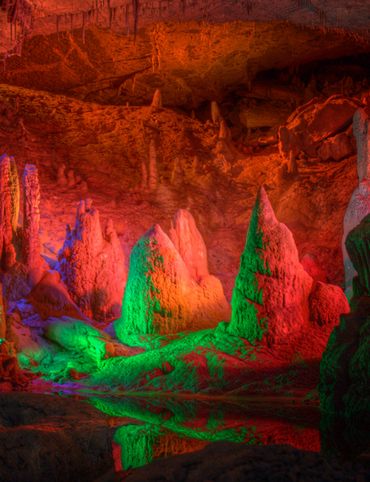
7 Underground Thrills Only Found in Tennessee

Sink Into 7 of Louisiana's Swampiest Secrets

7 Mechanical Marvels in Michigan

11 Wholesome Spots in Nevada

7 Places to Glimpse Maine's Rich Railroad History

11 Places Where Alaska Bursts Into Color
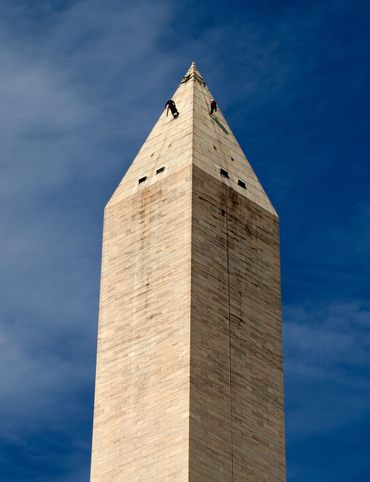
9 Places in D.C. That You're Probably Never Allowed to Go
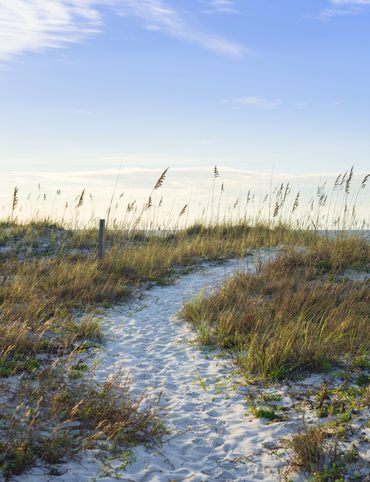
2 Perfect Days in Pensacola
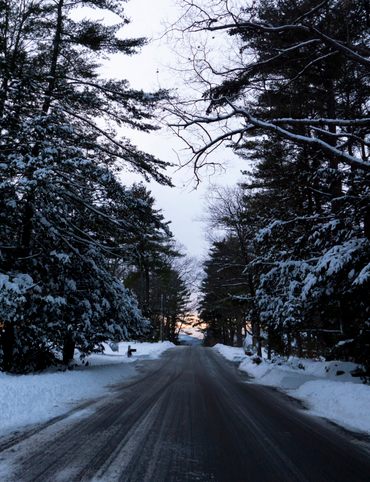
Rogue Routes: The Road to the Ice Castles

Taste of Tucson
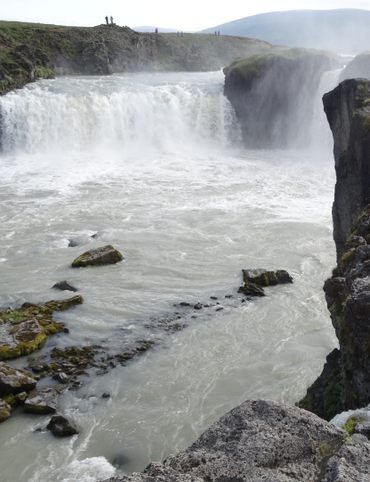
North Iceland’s Untamed Coast

Hidden Edinburgh
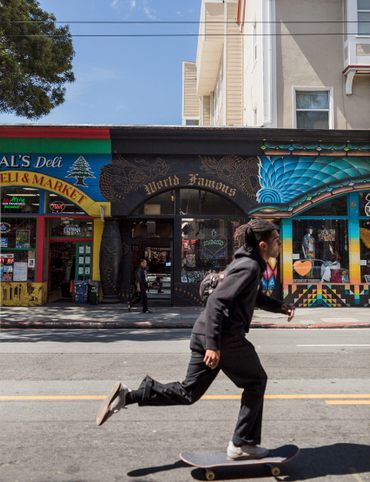
Hidden Haight-Ashbury
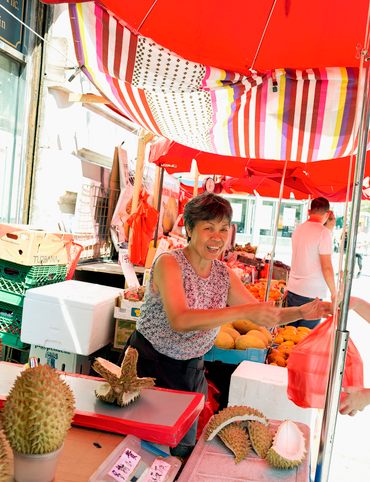
The Many Flavors of NYC’s Five Boroughs
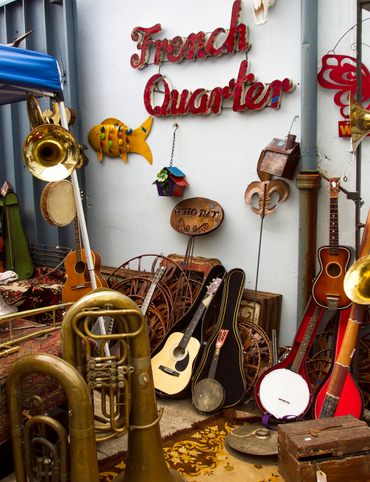
Hidden French Quarter
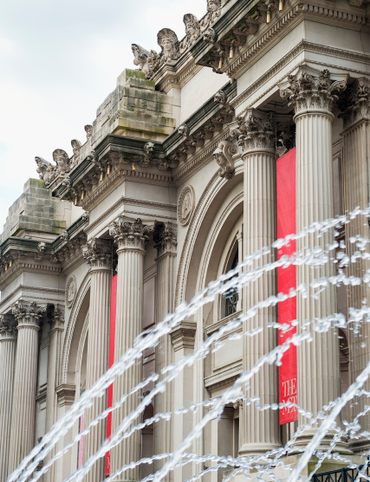
The Metropolitan Museum of Art

Motown to Music City Road Trip
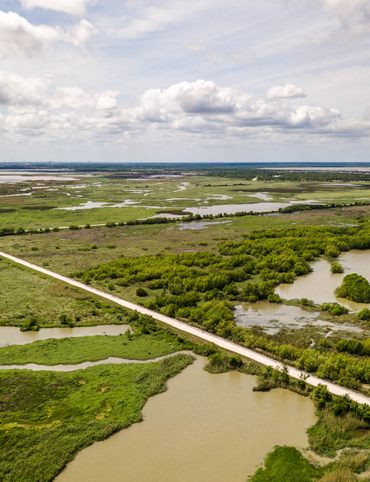
Gulf Coast Road Trip

Hidden Coachella Valley
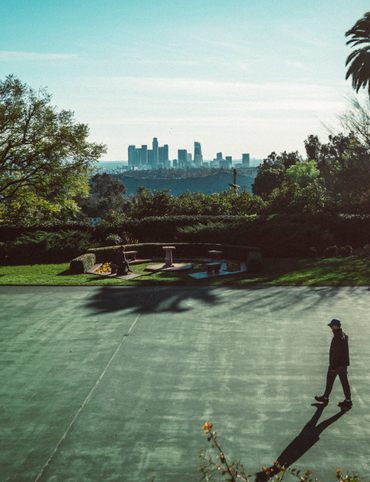
Highland Park

Venice
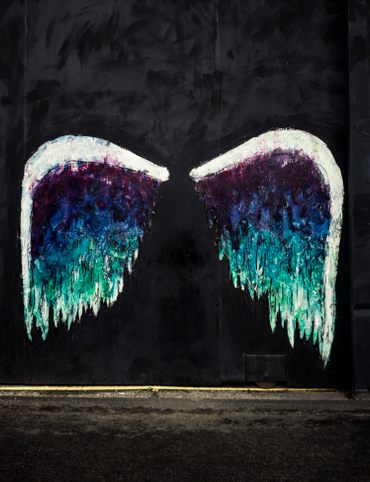
L.A.’s Downtown Arts District
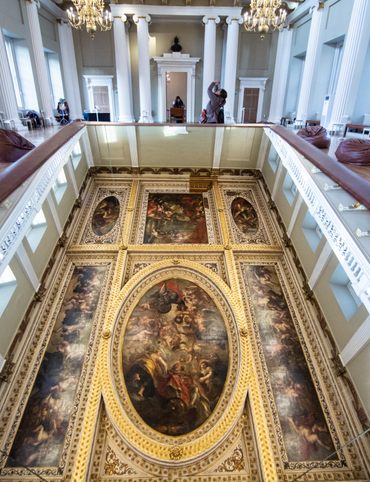
Hidden Trafalgar Square

Secrets of NYC’s Five Boroughs
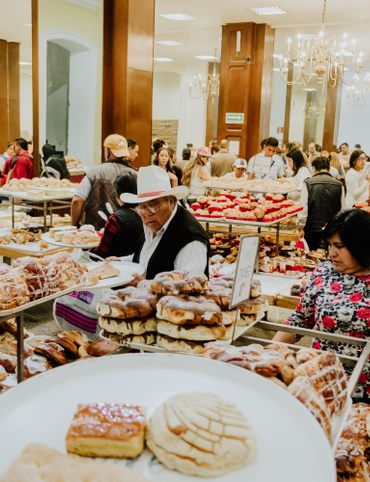
Mexico City's Centro Histórico

Hidden Hollywood
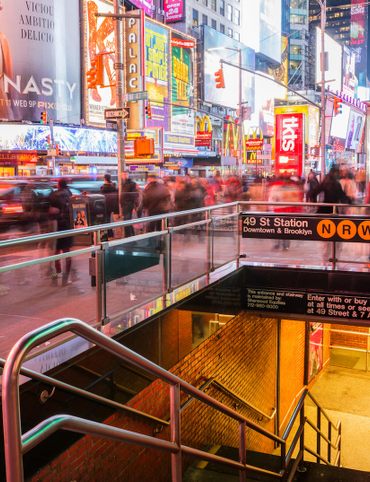
Hidden Times Square

Summer Radio Road-Trip
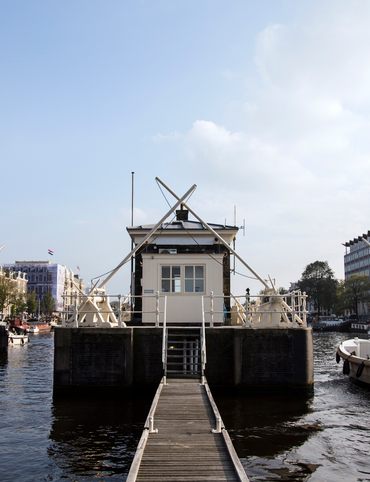
Amsterdam
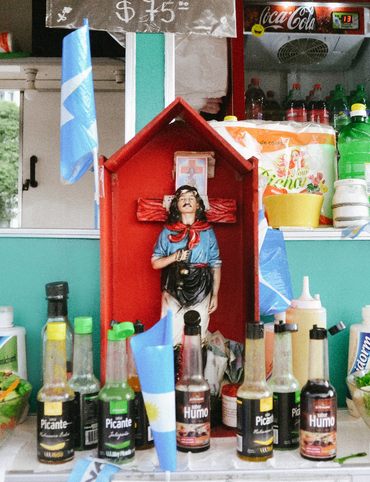
Buenos Aires
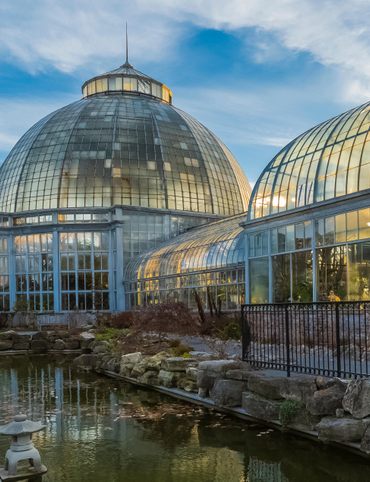
Detroit
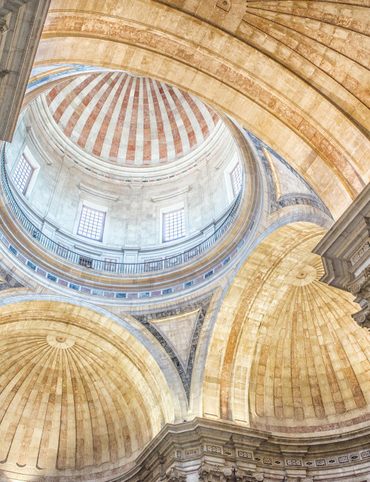
Lisbon
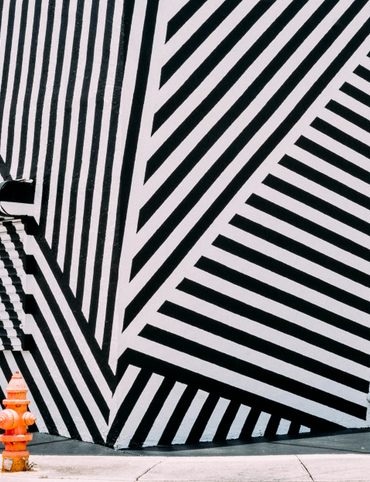
Miami

Queens

San Diego






